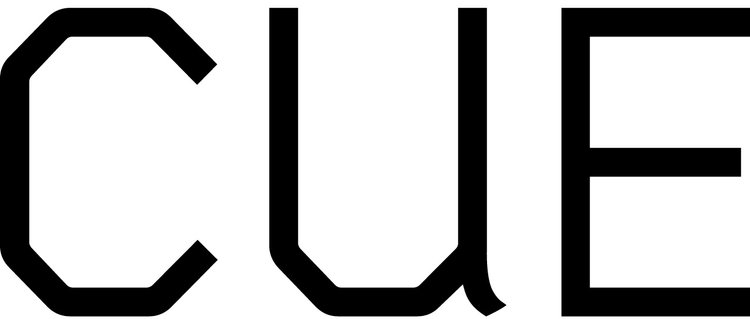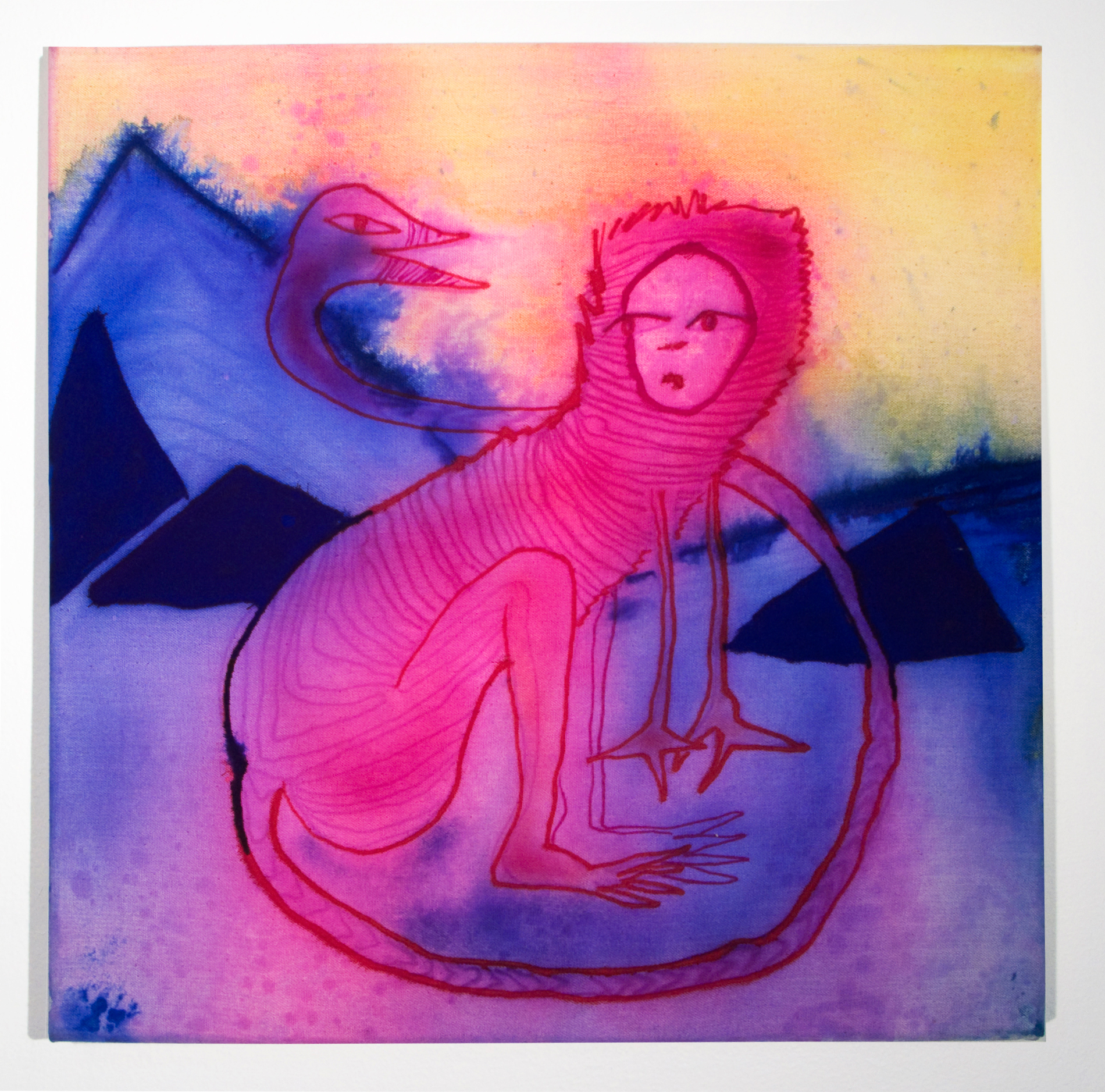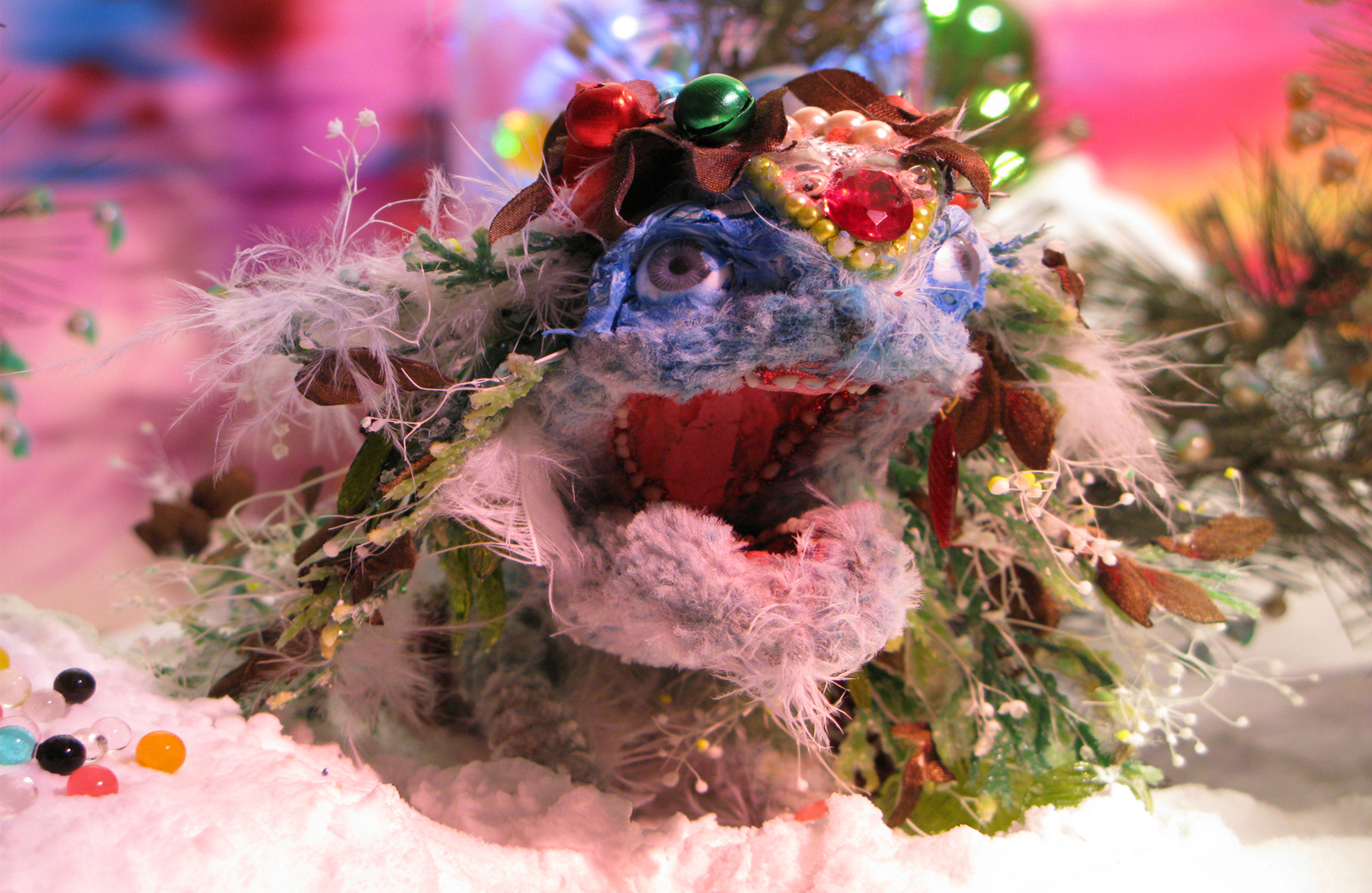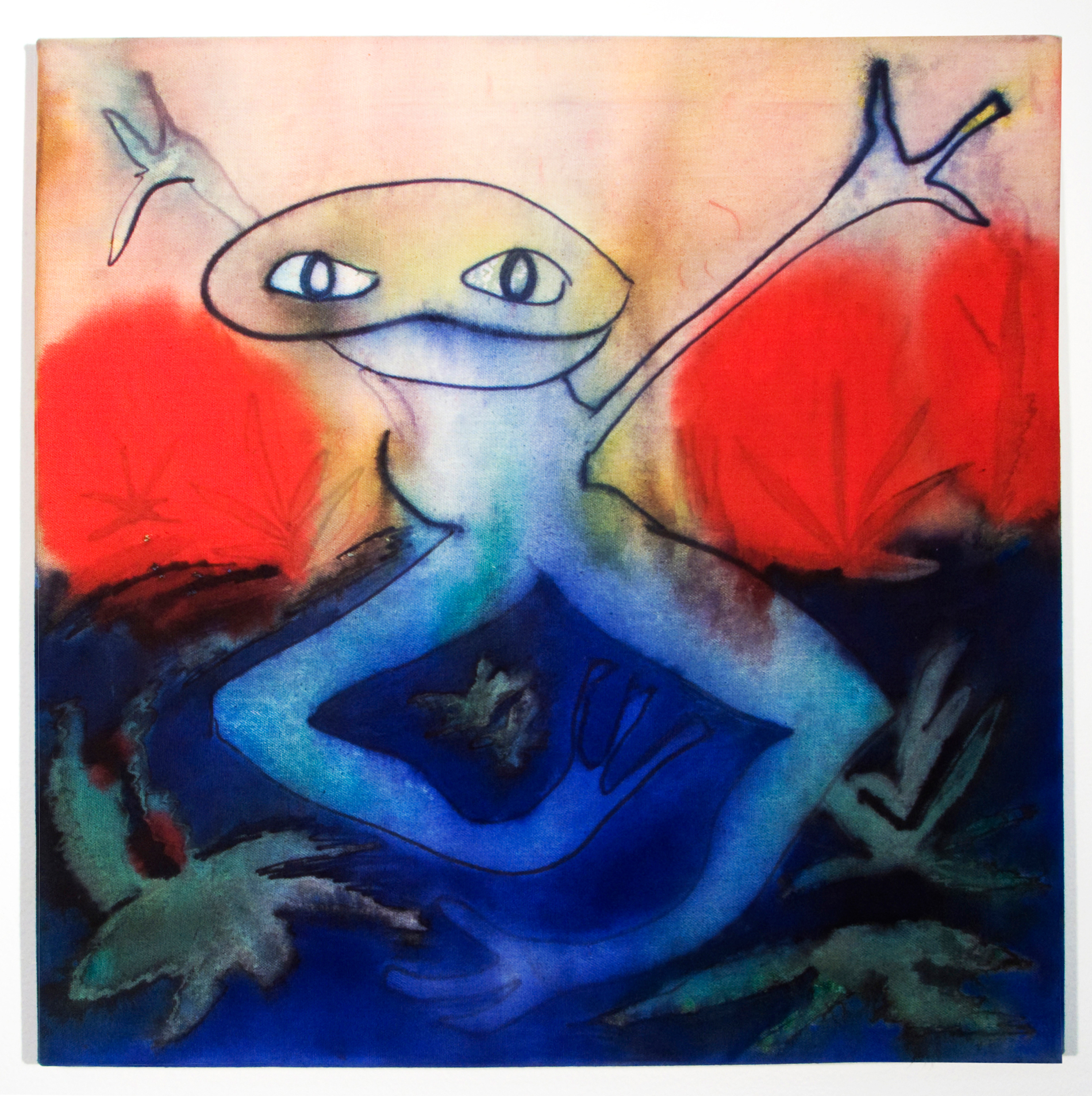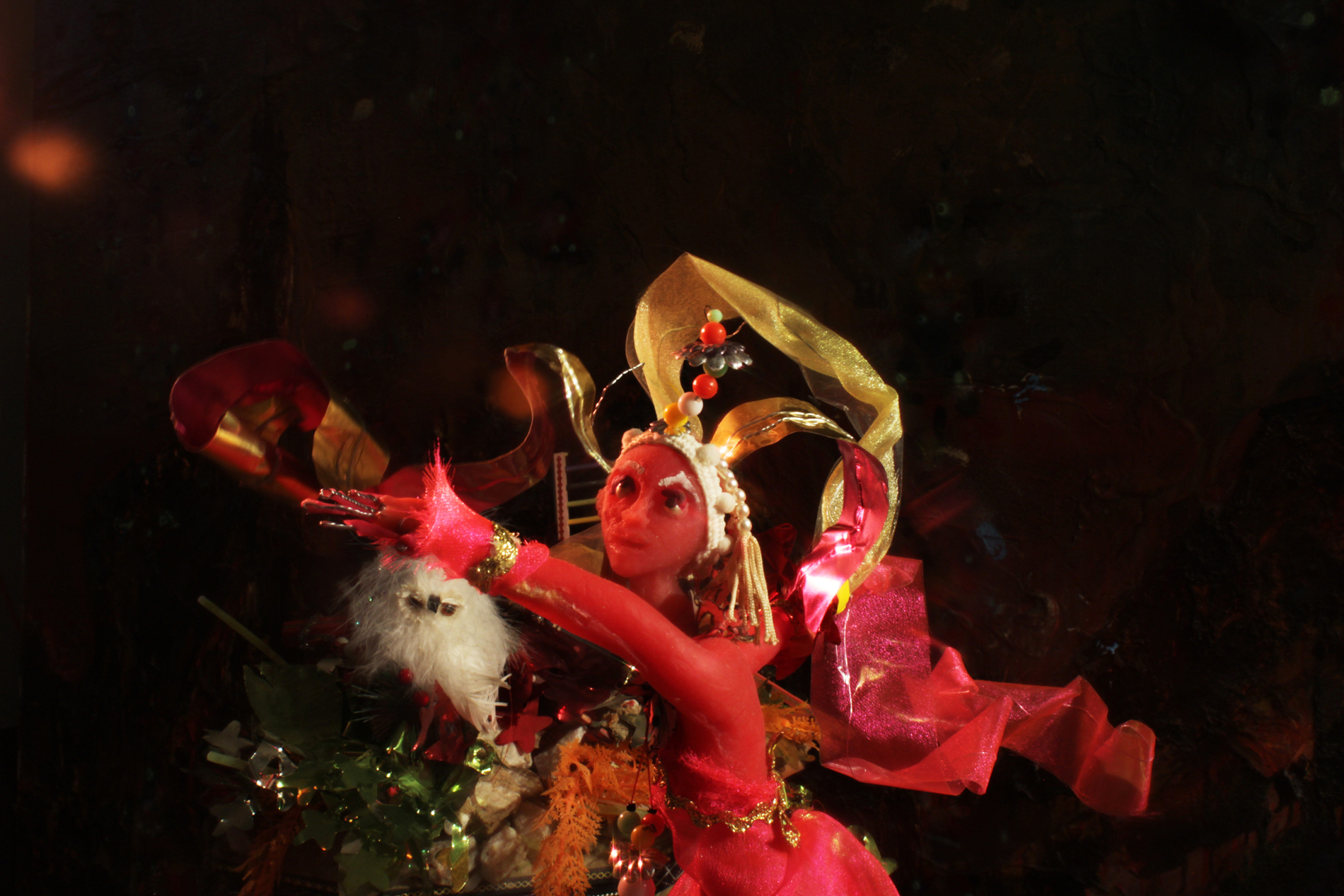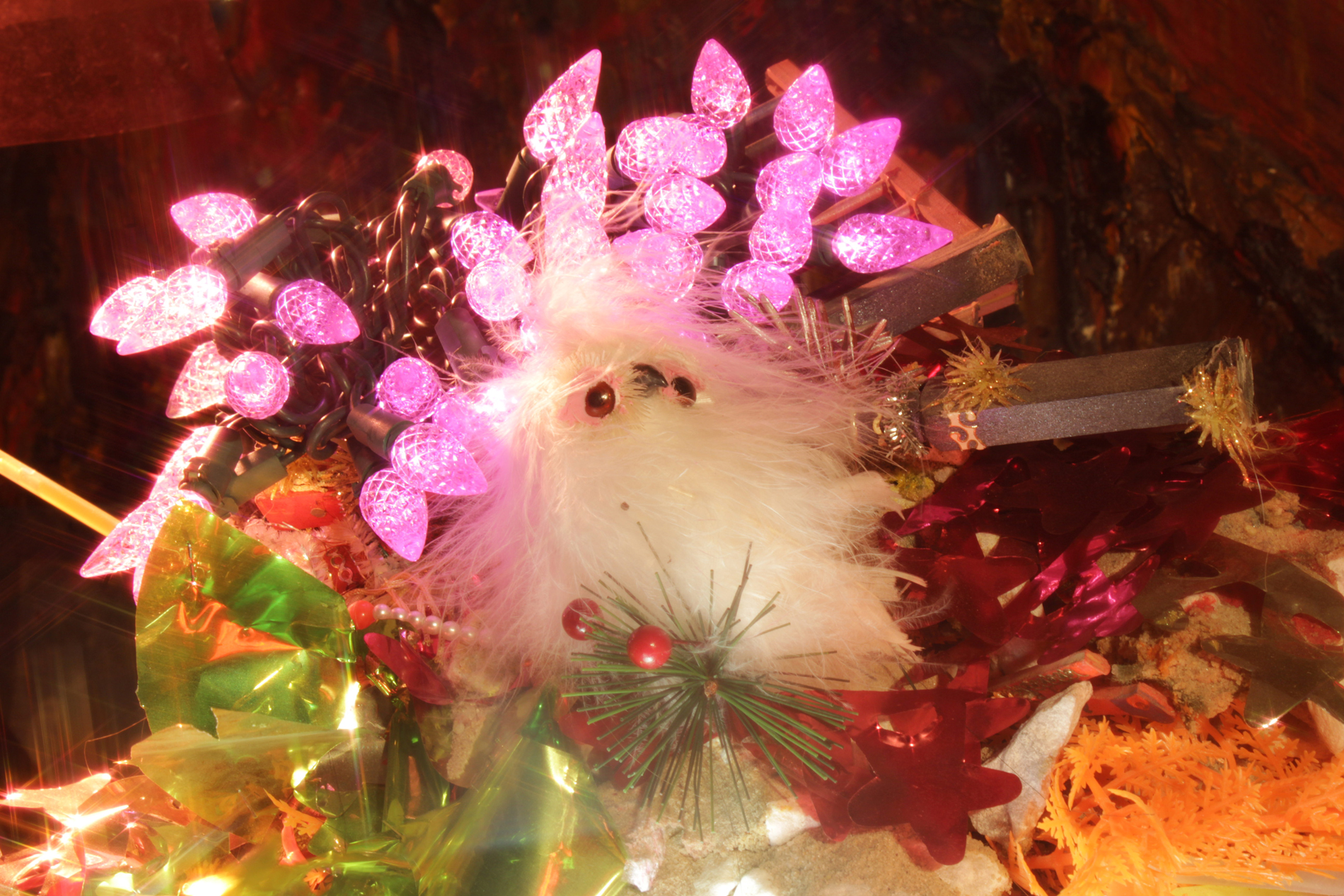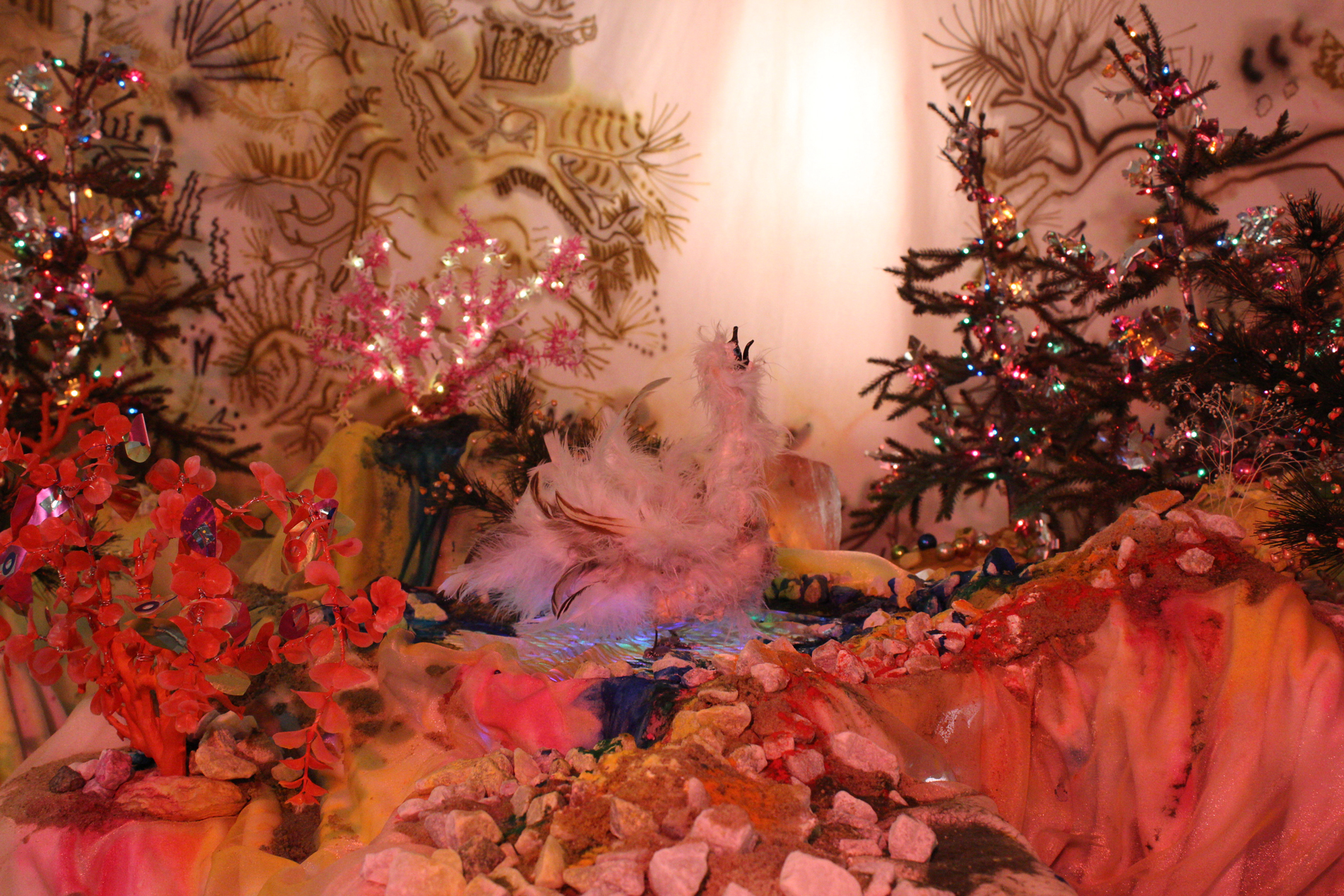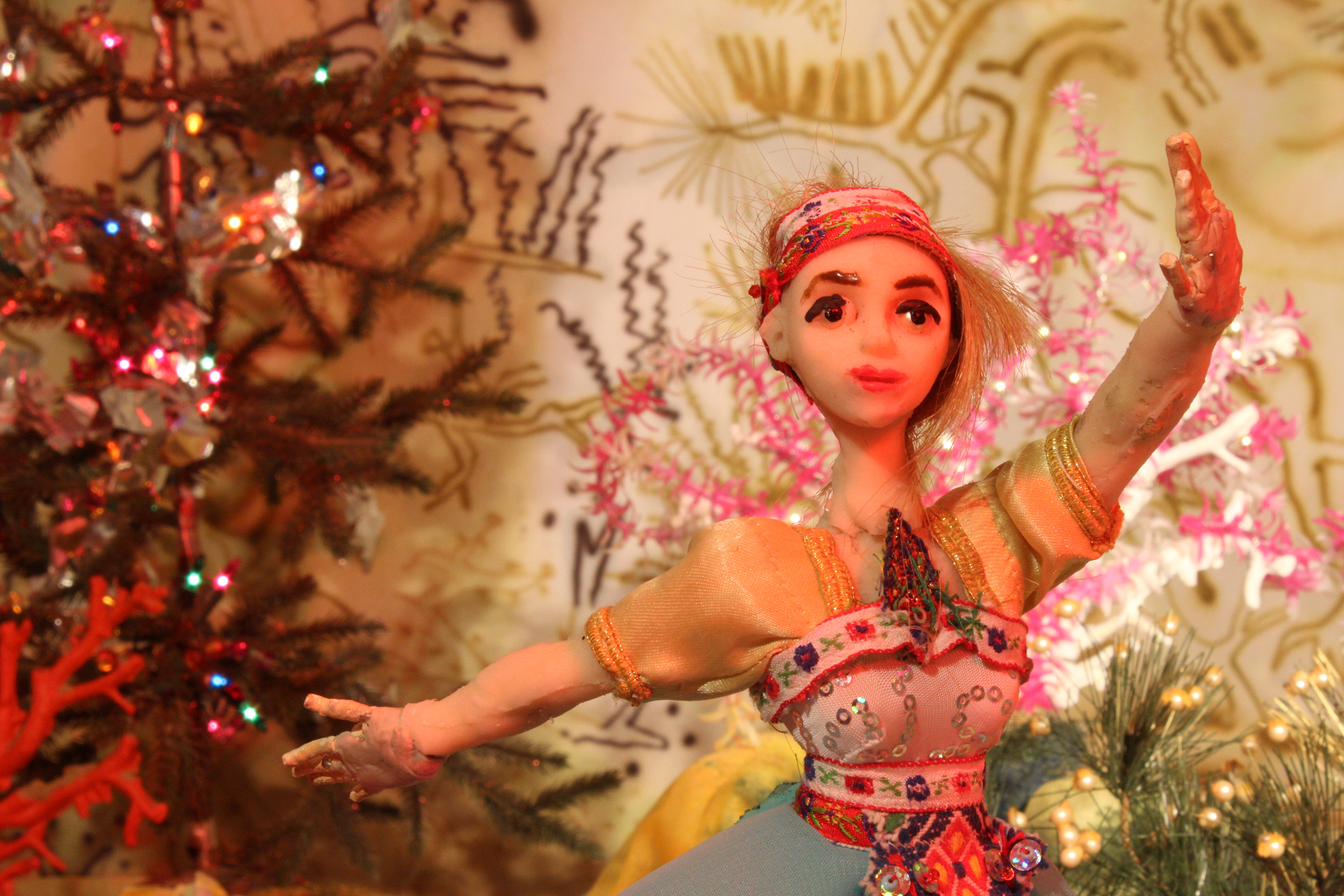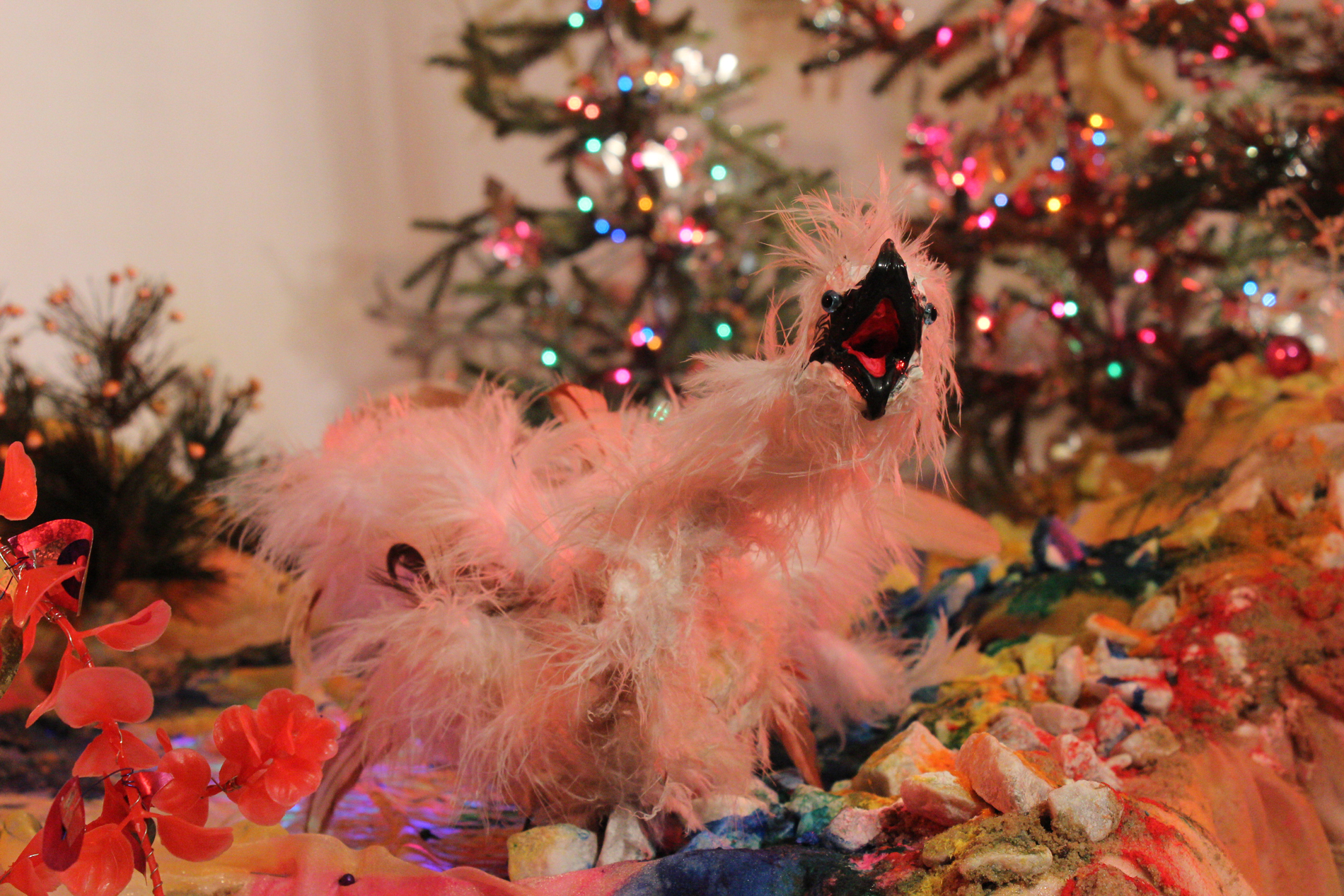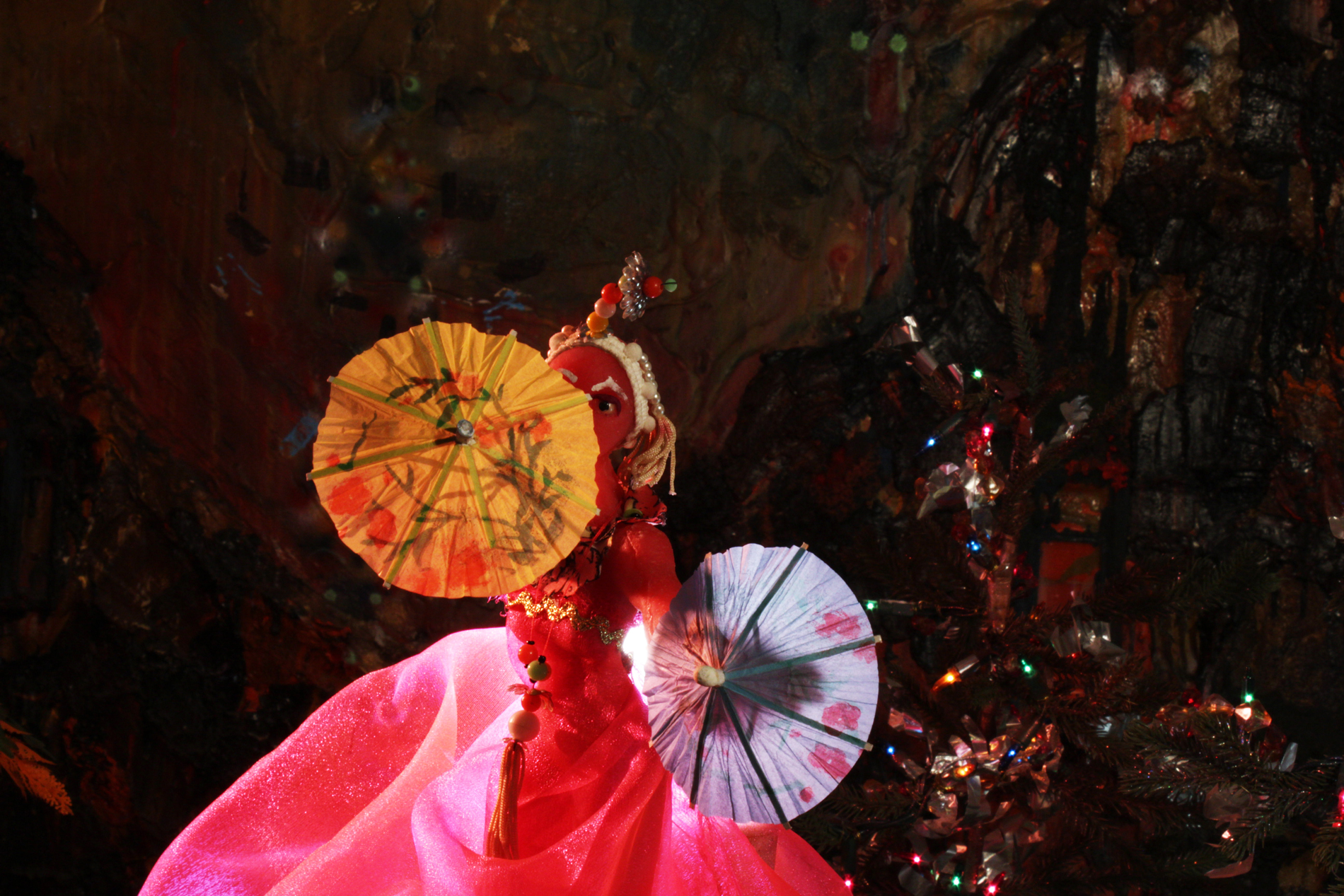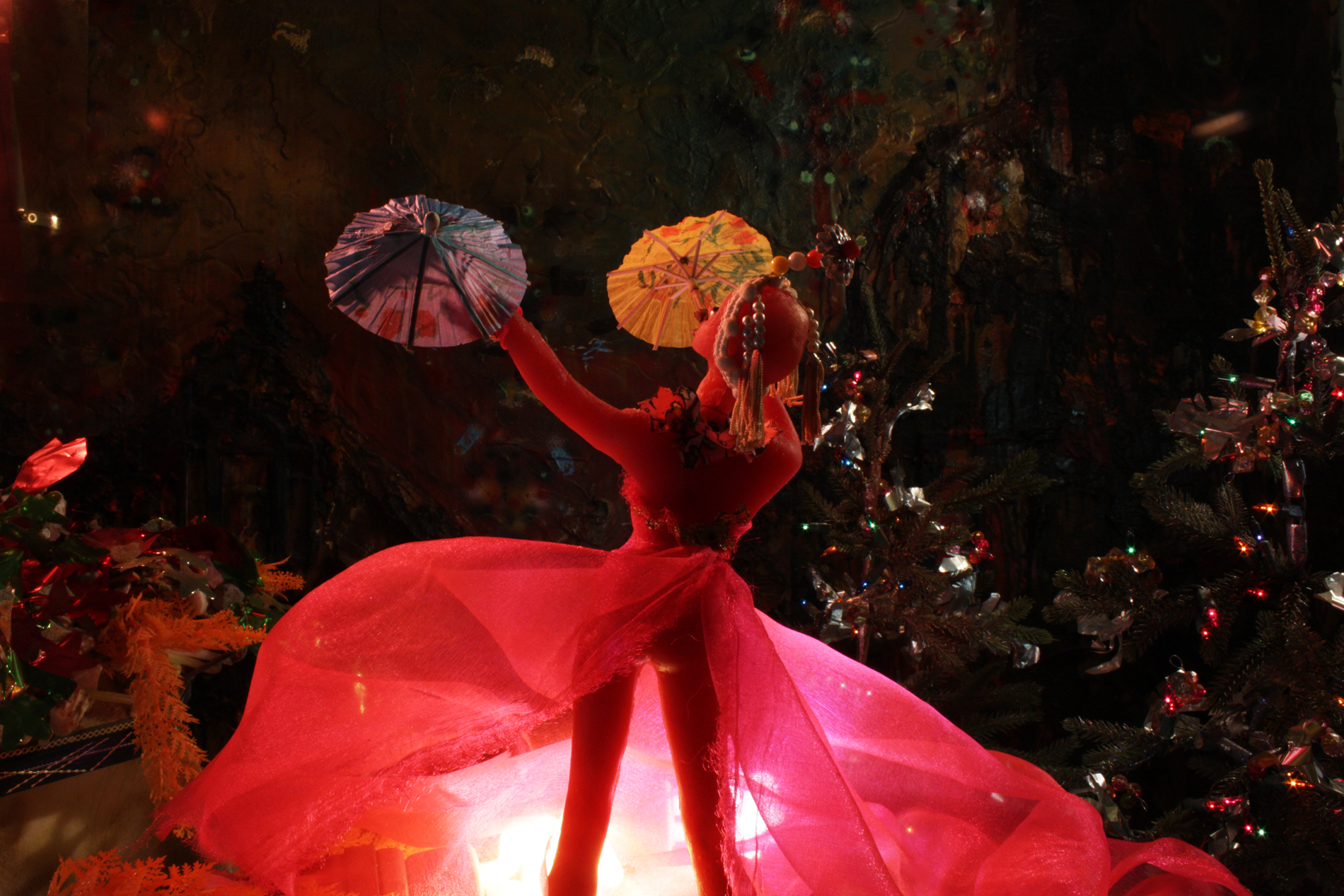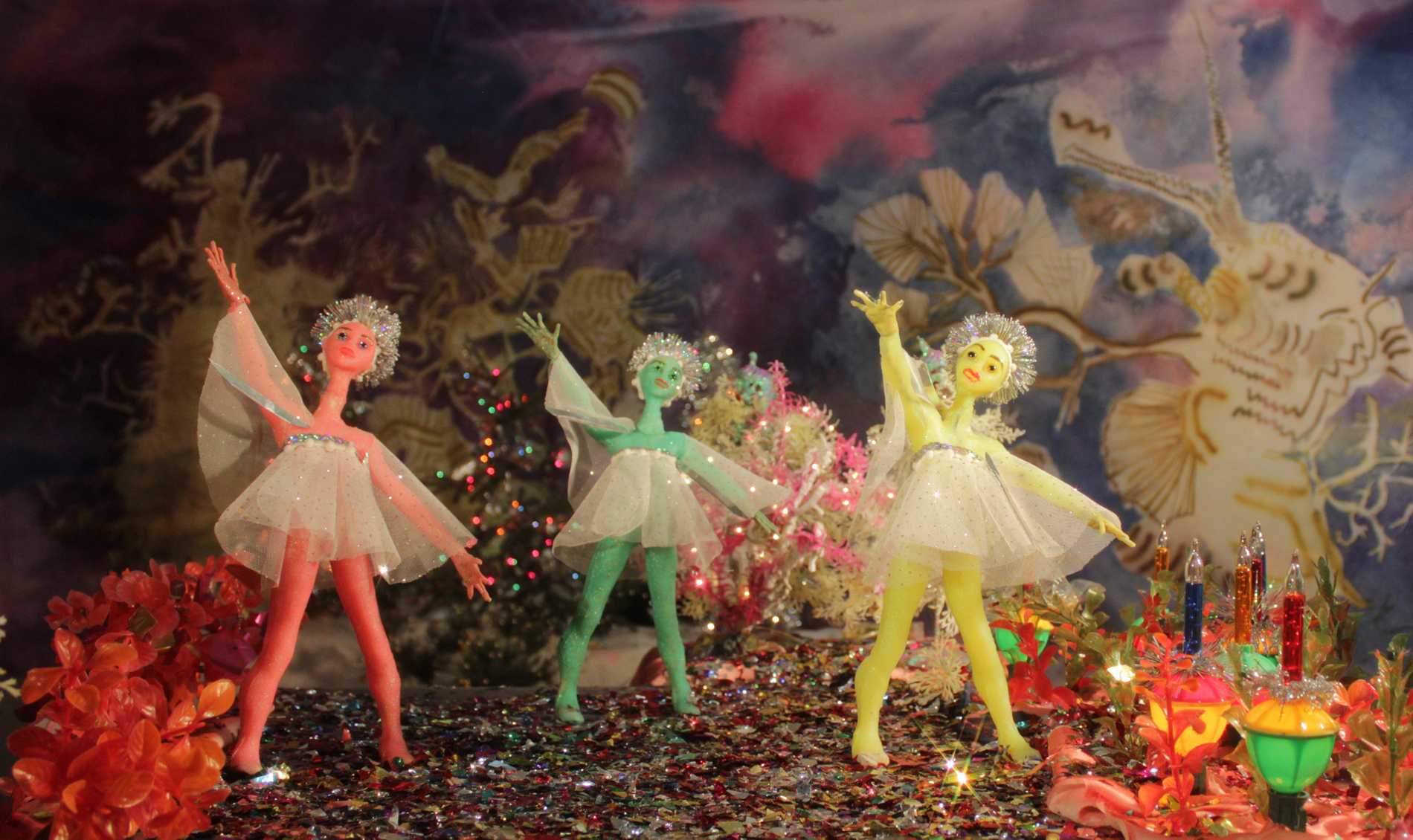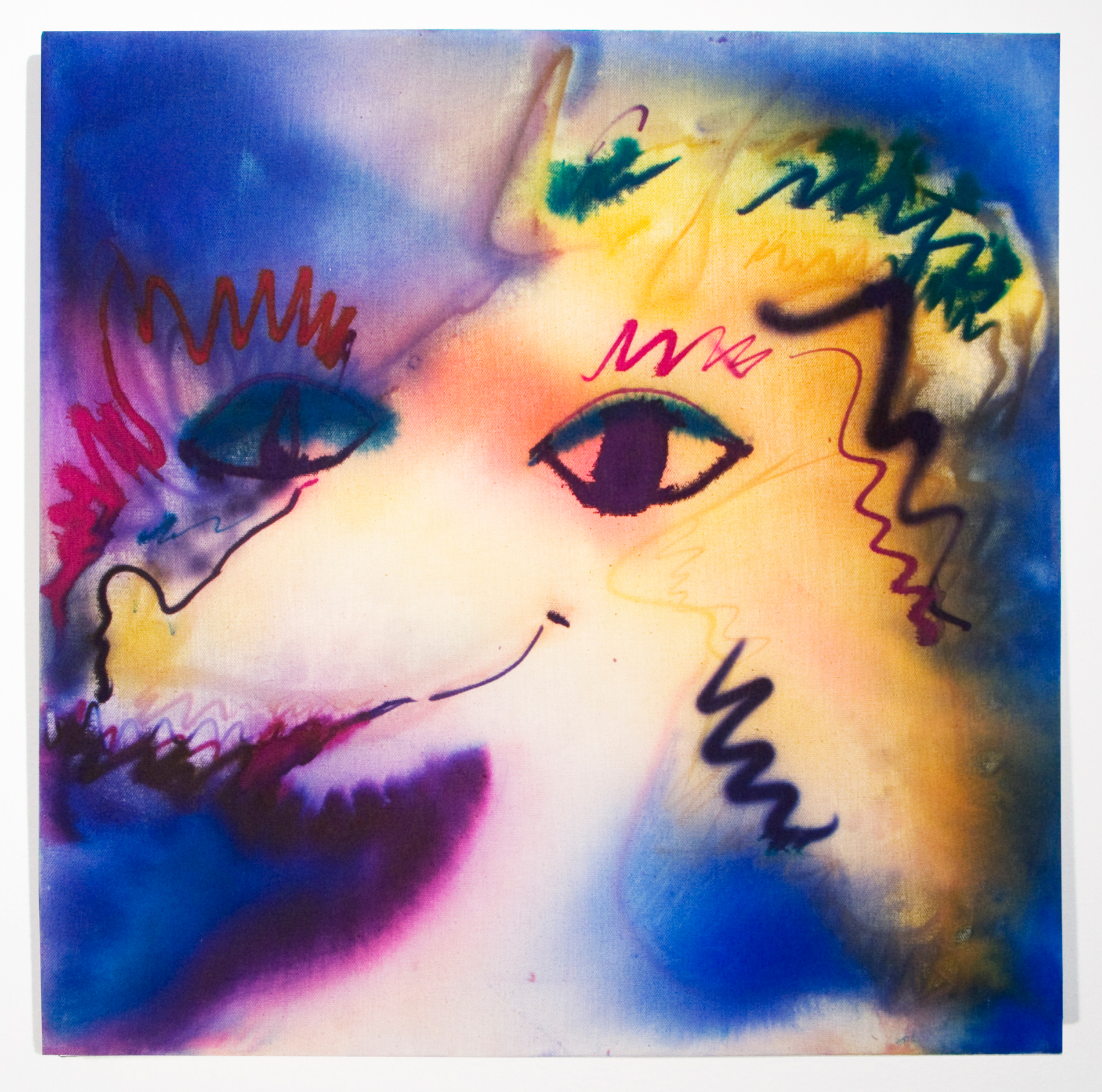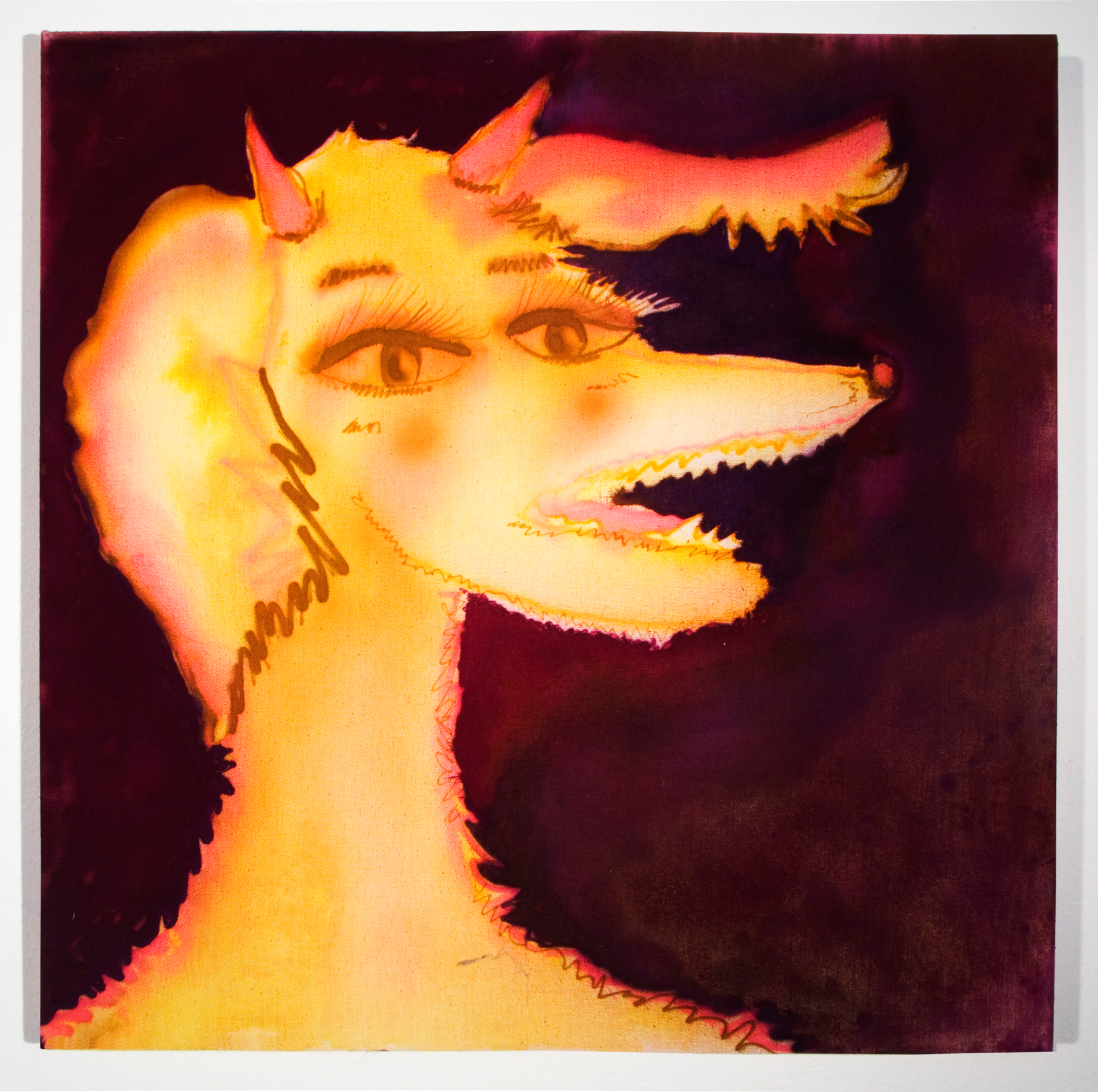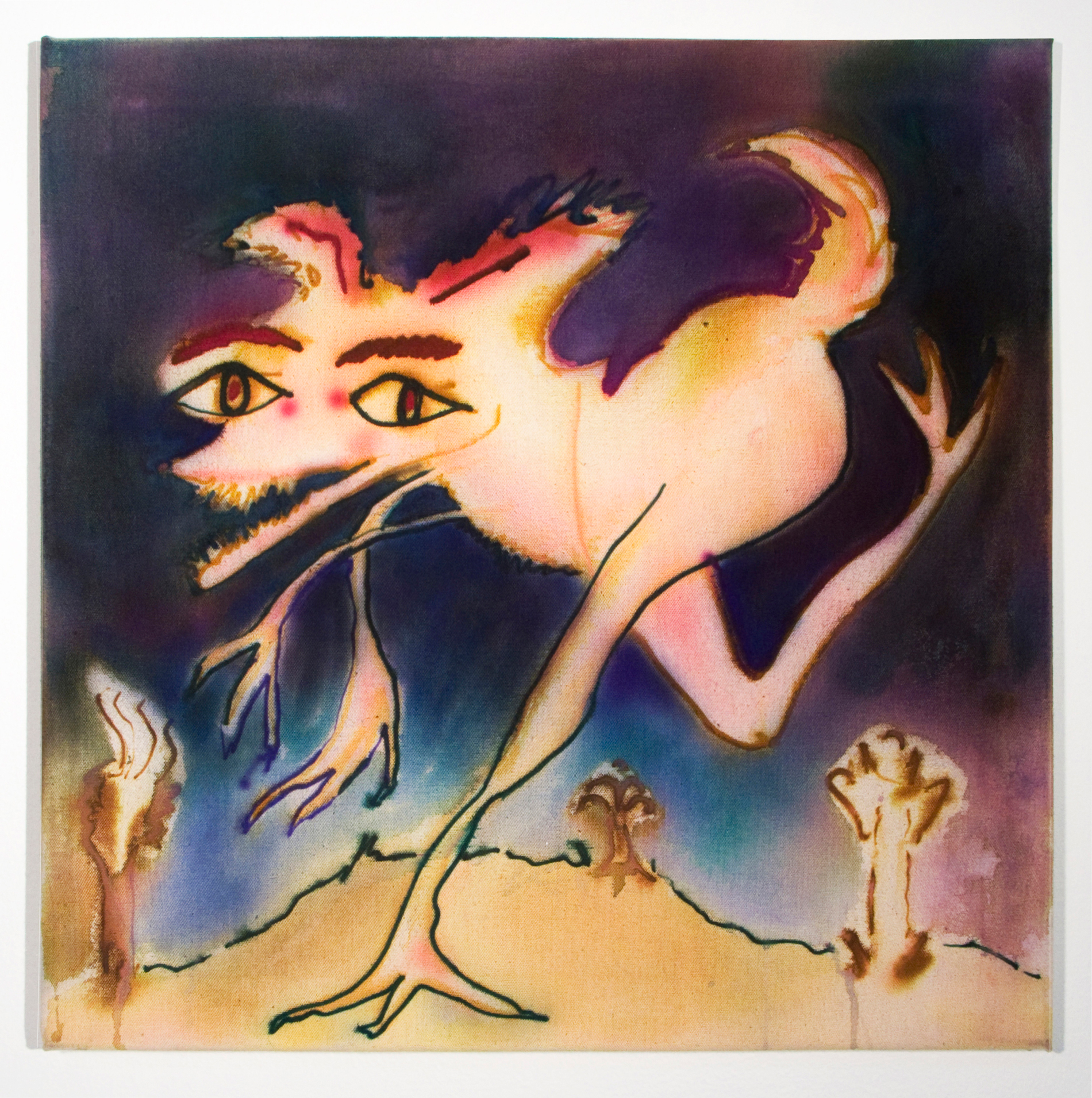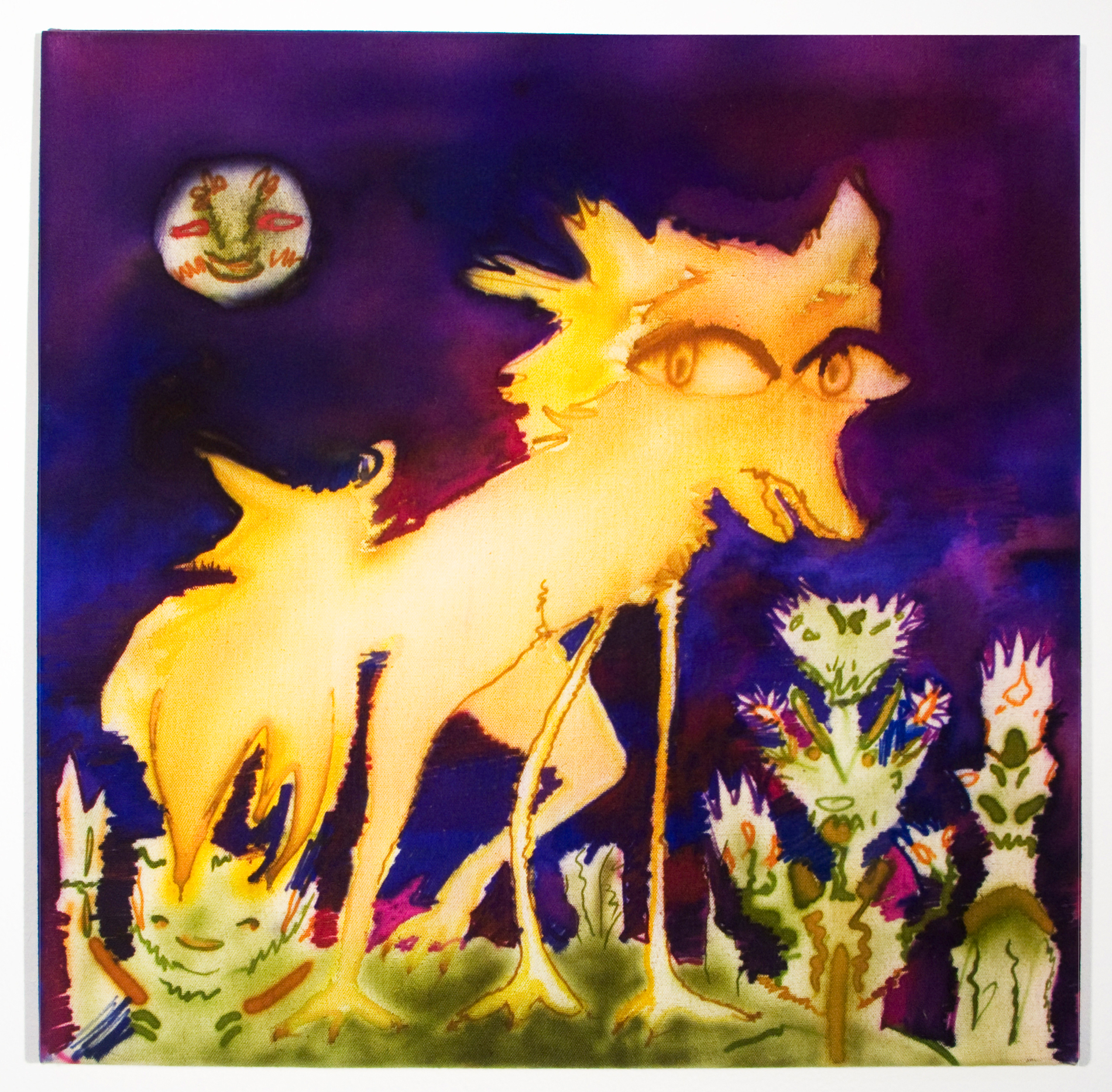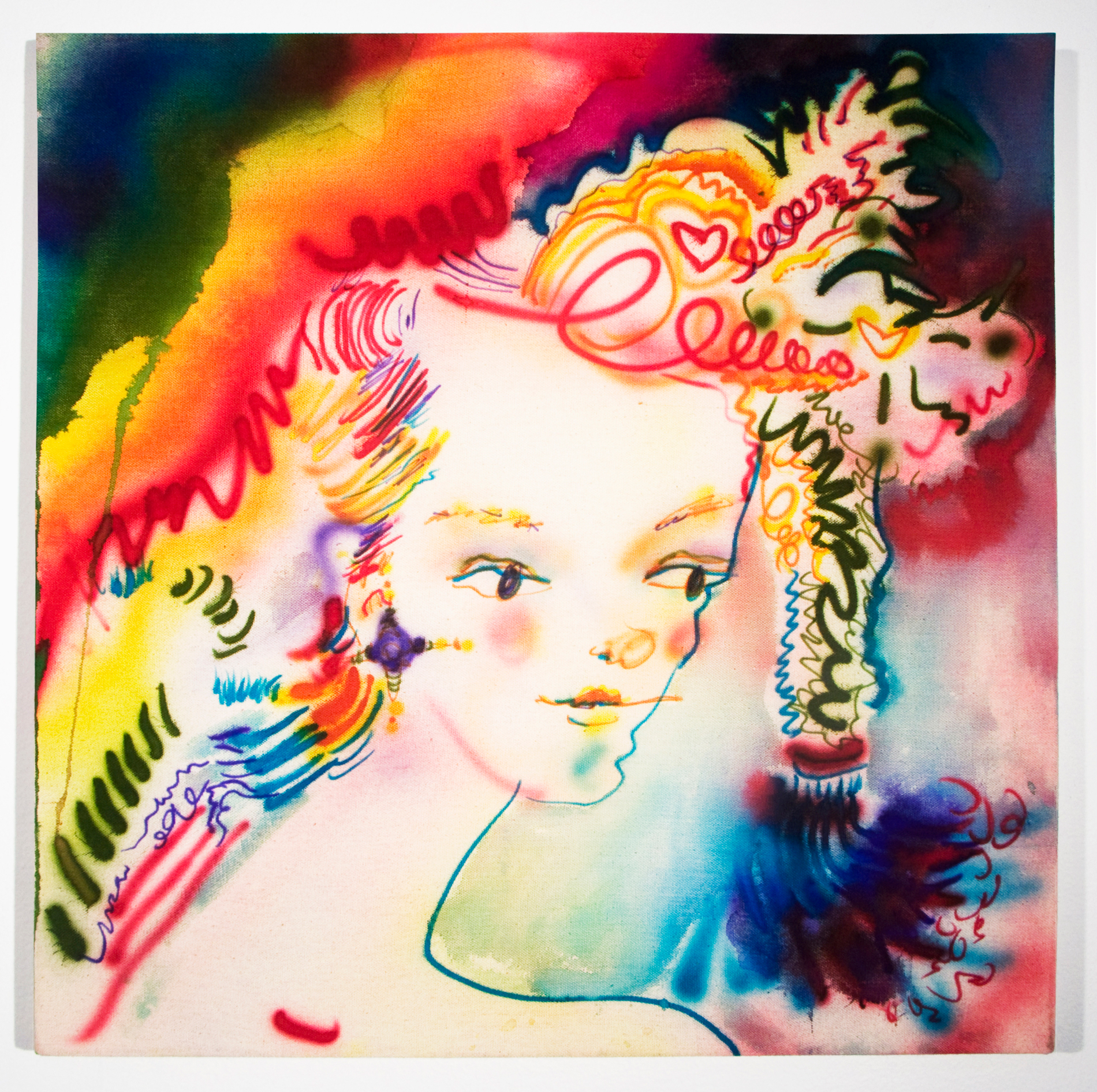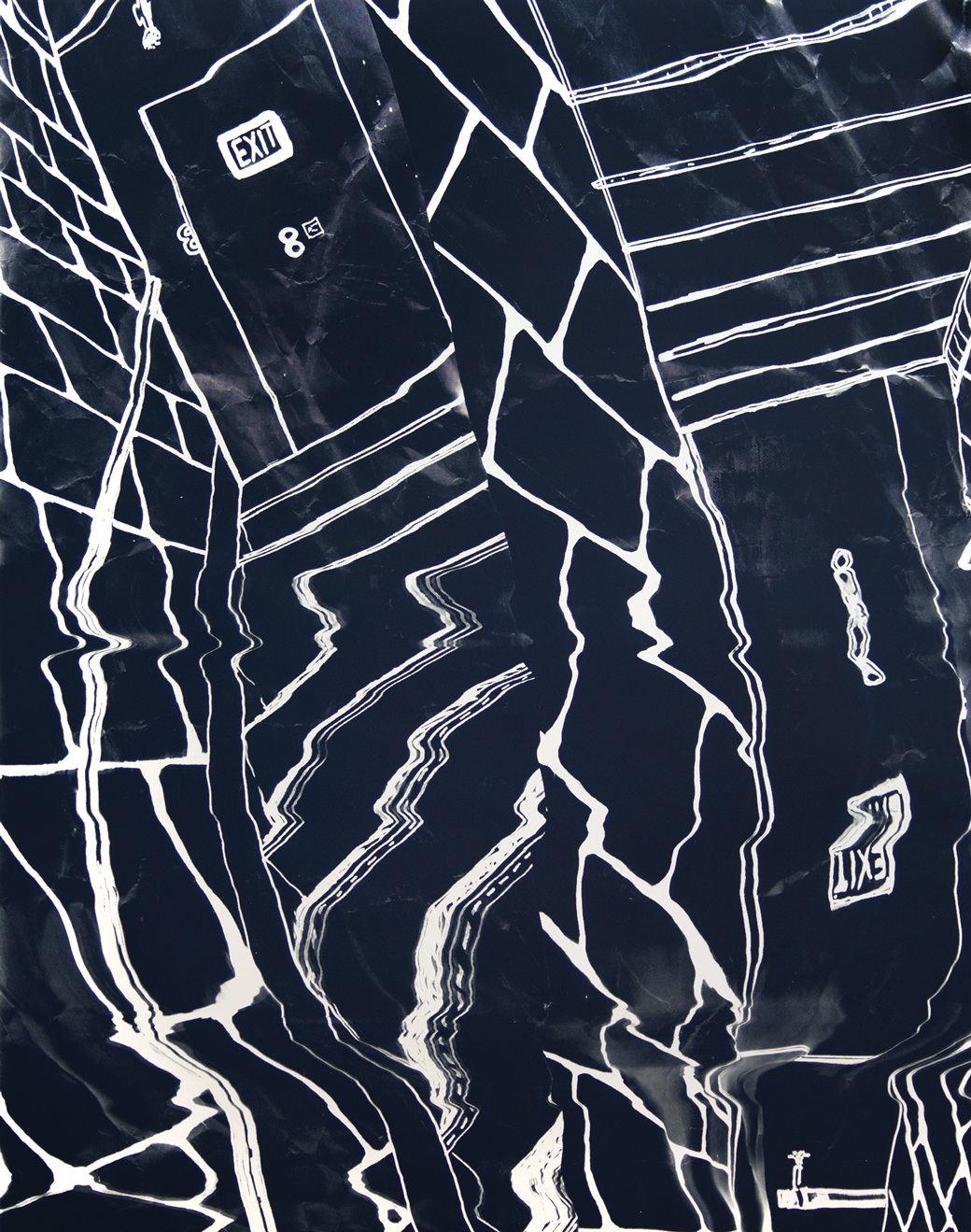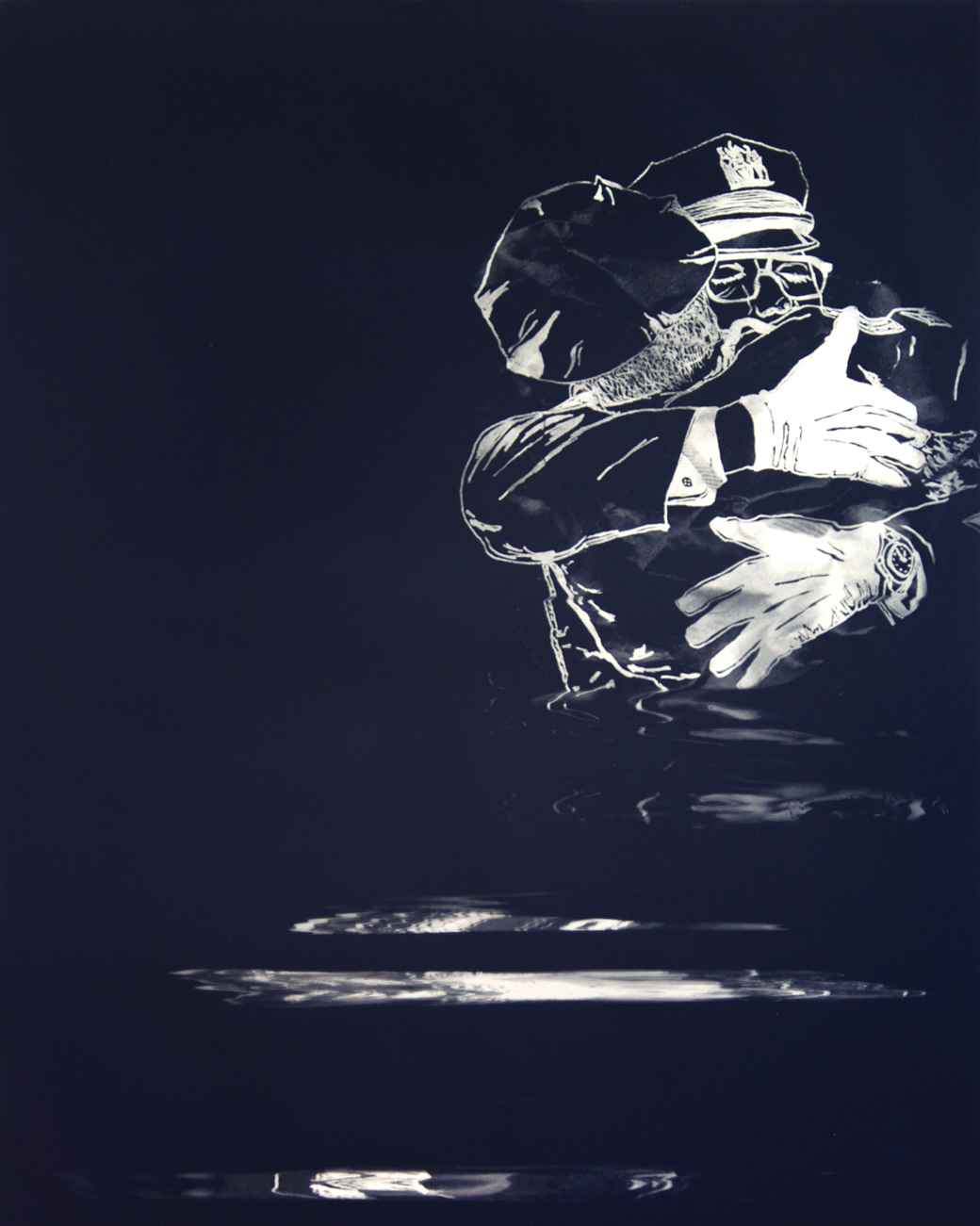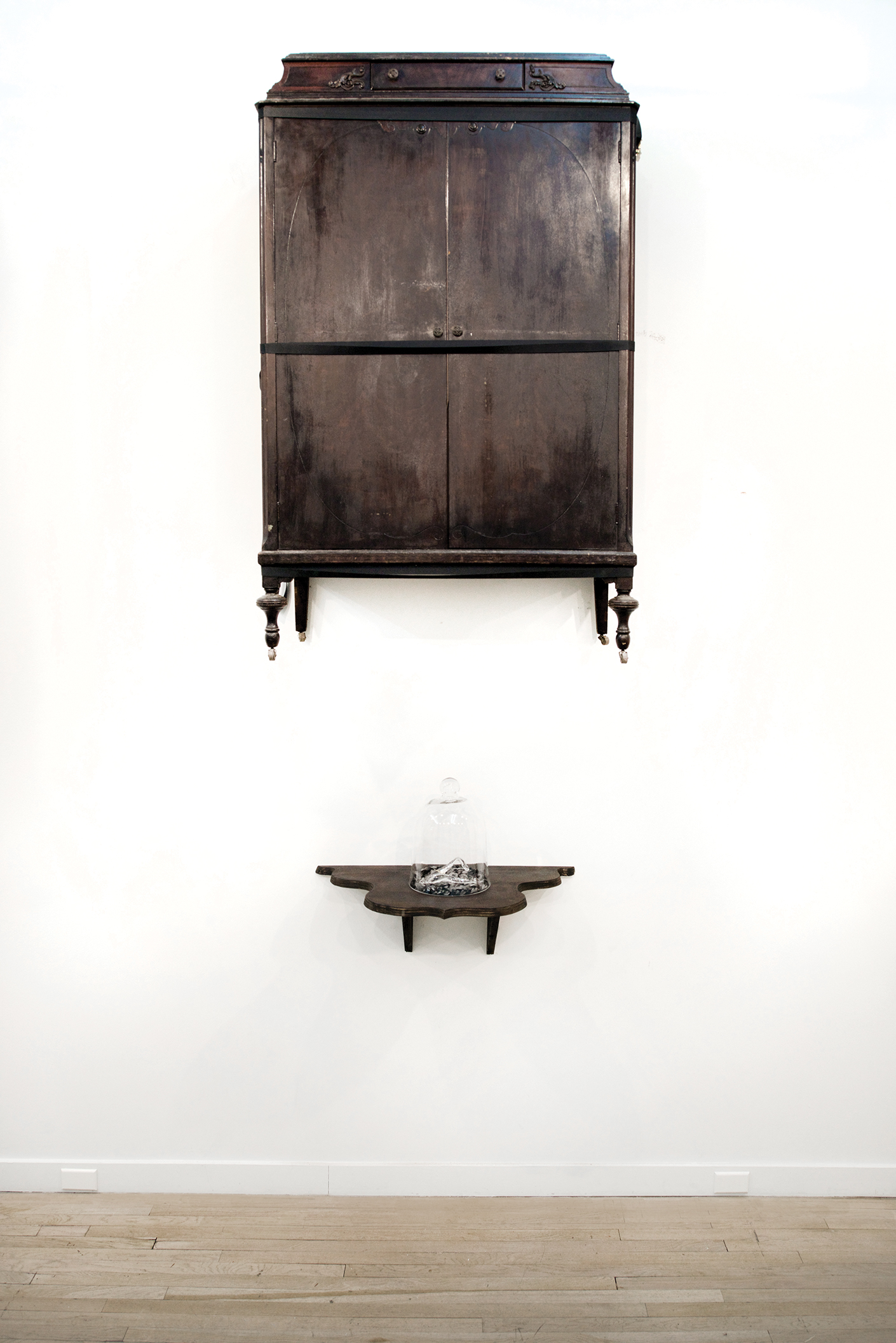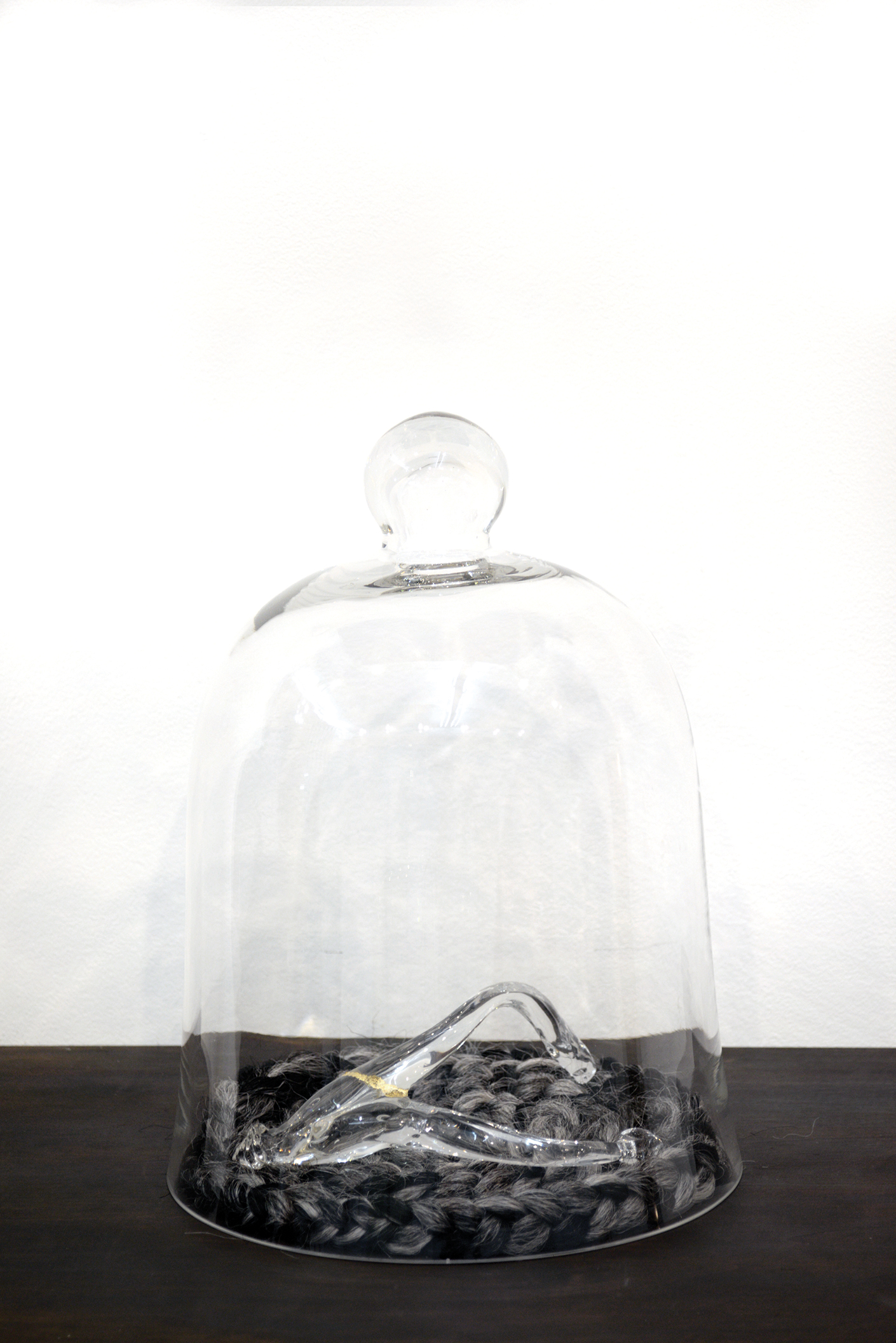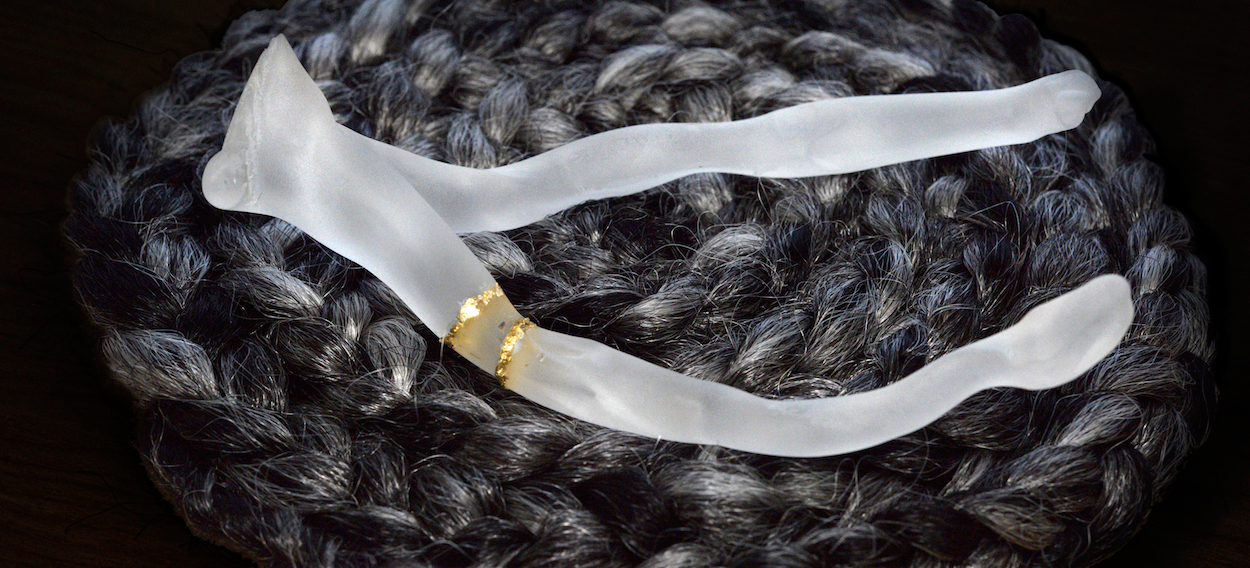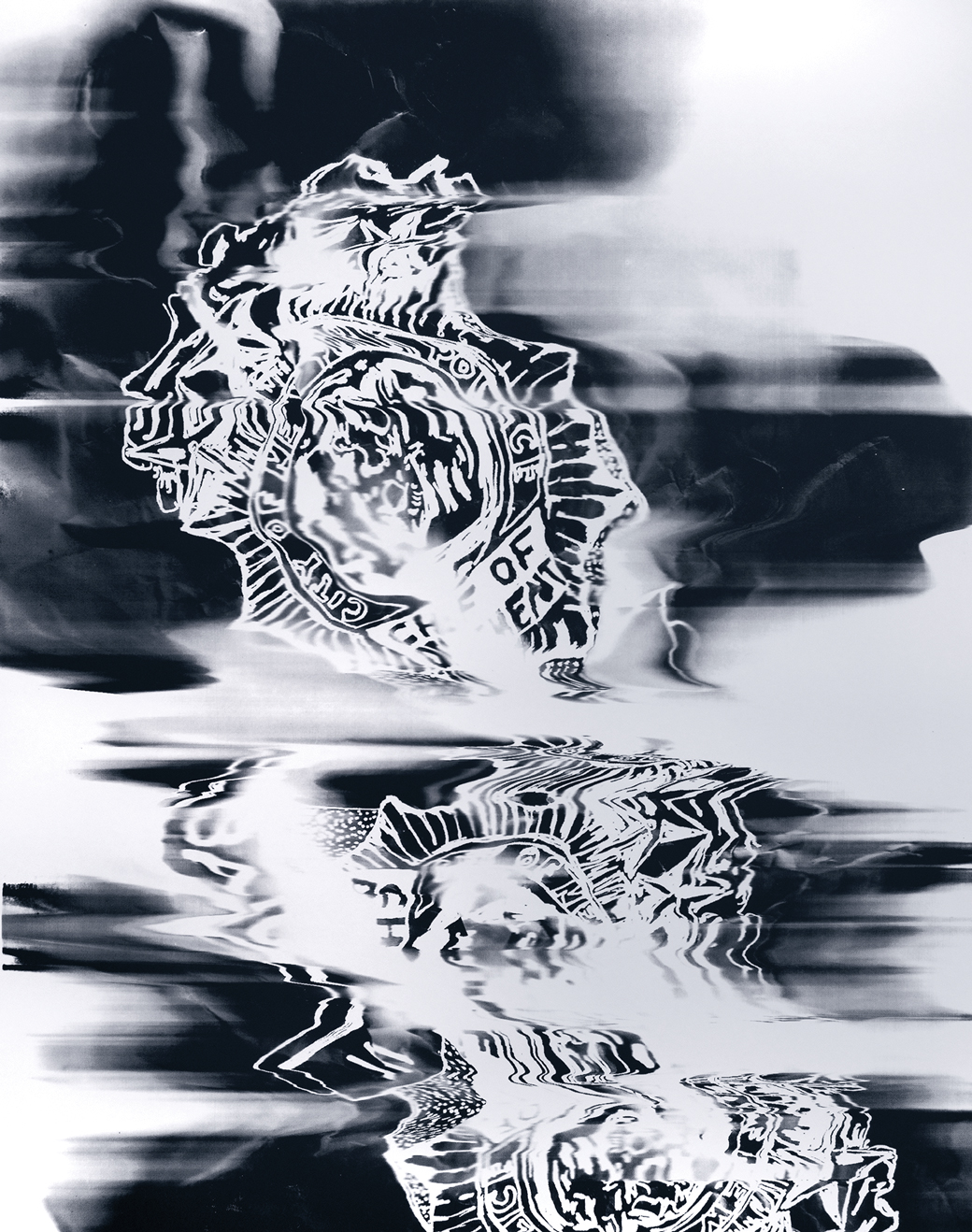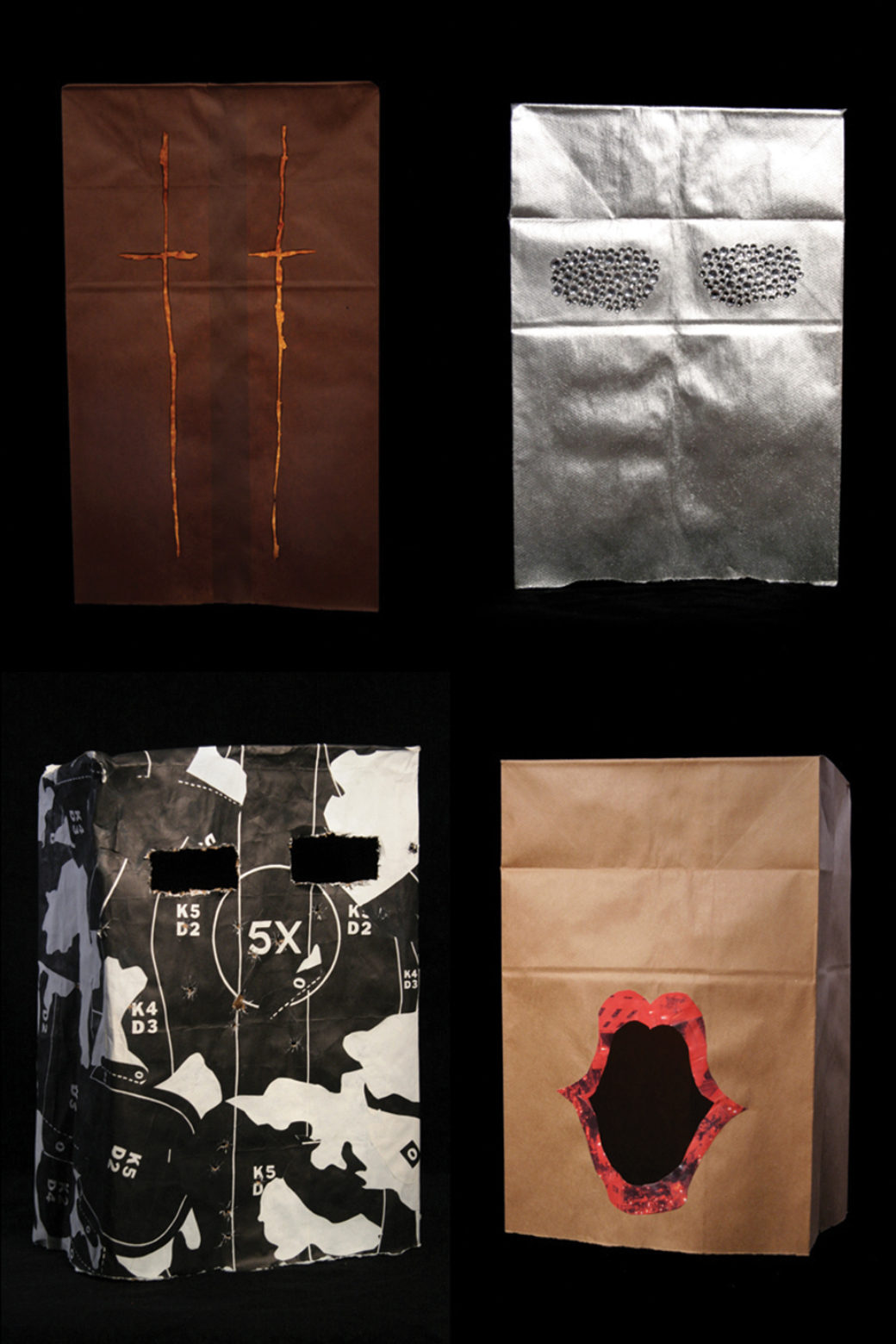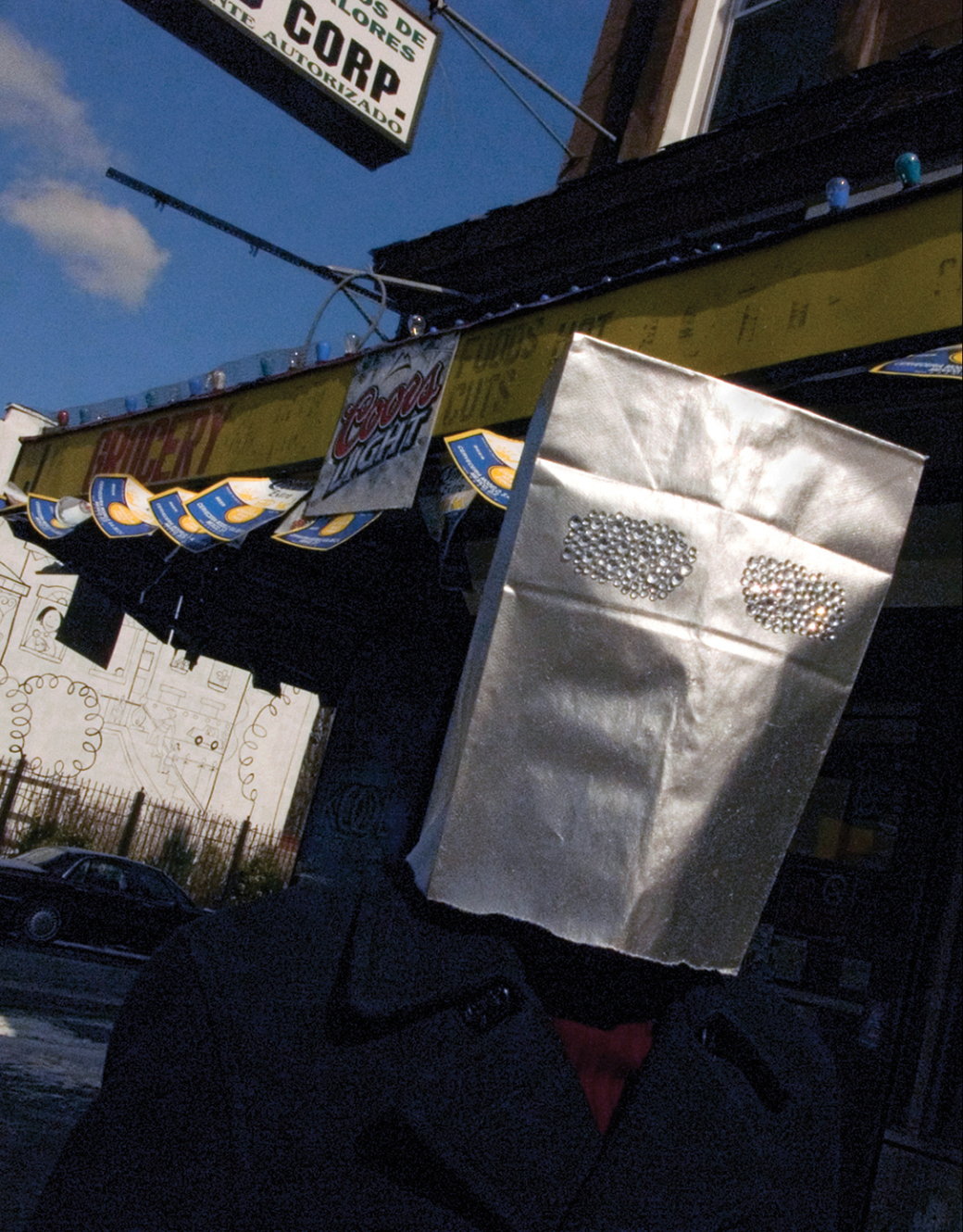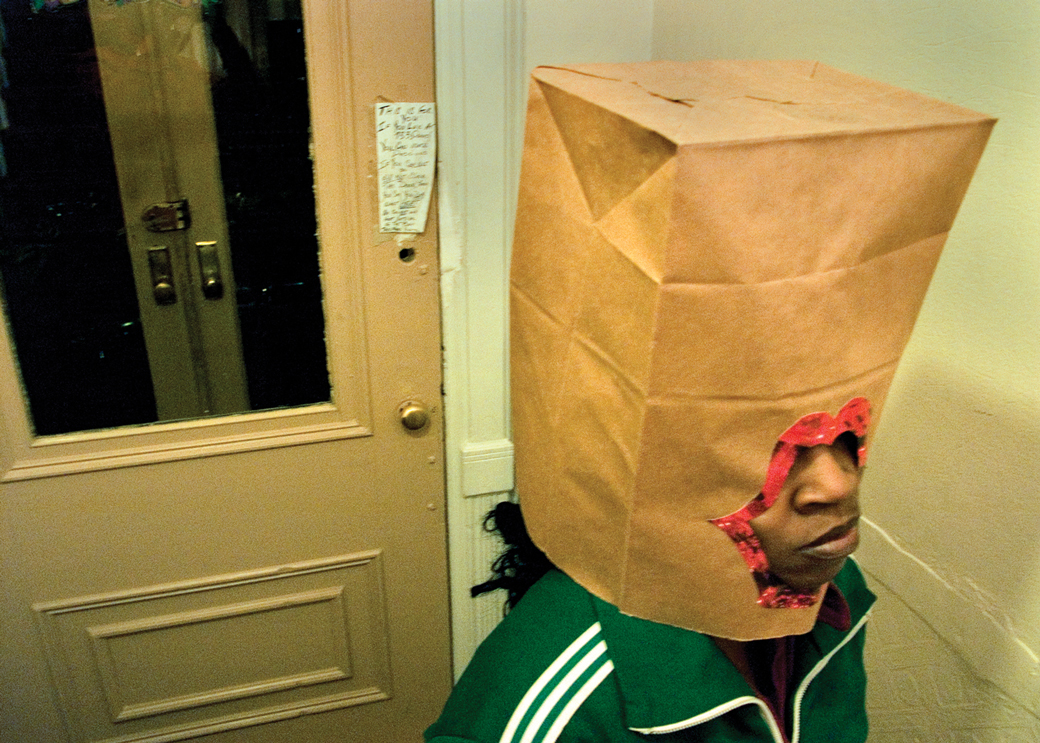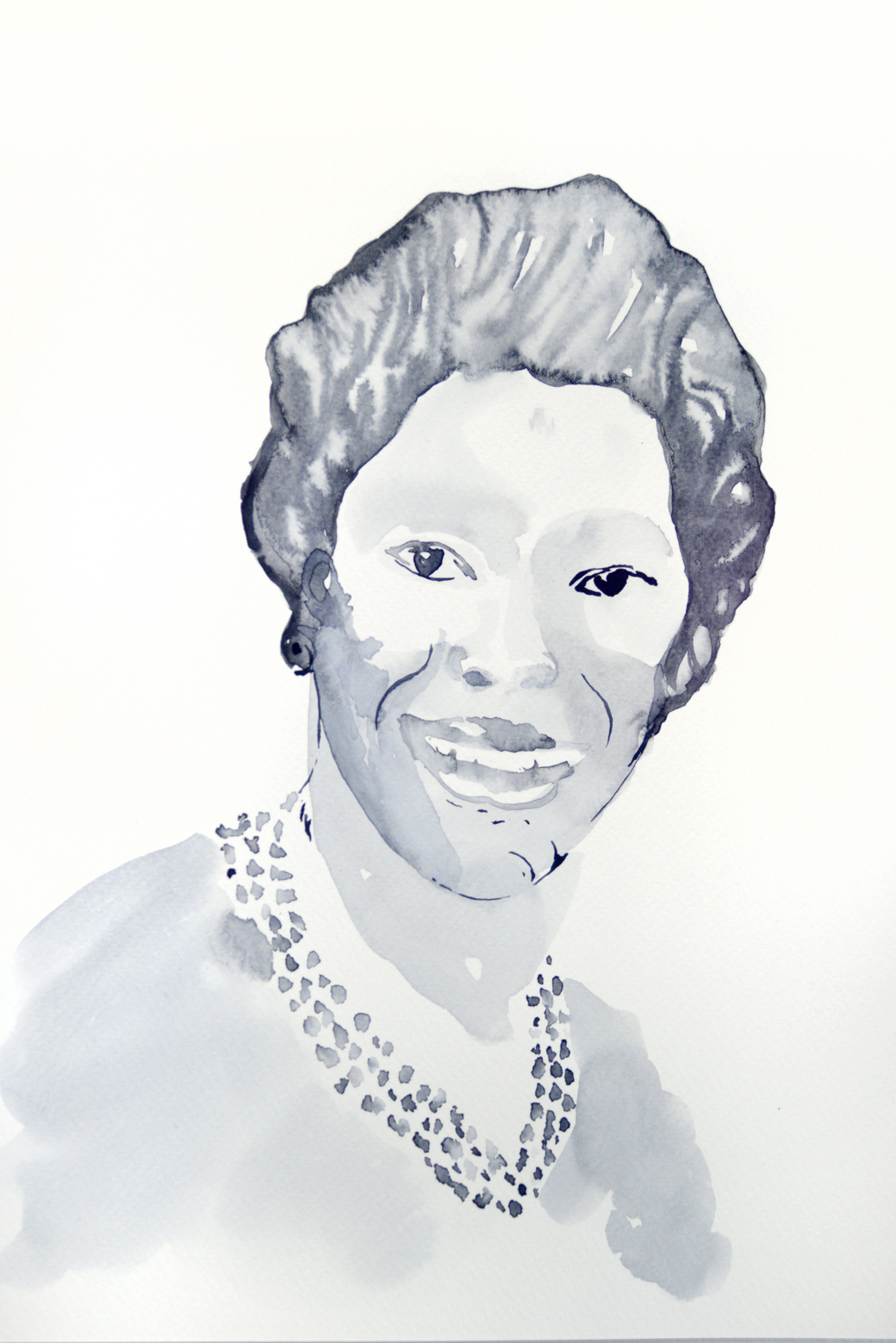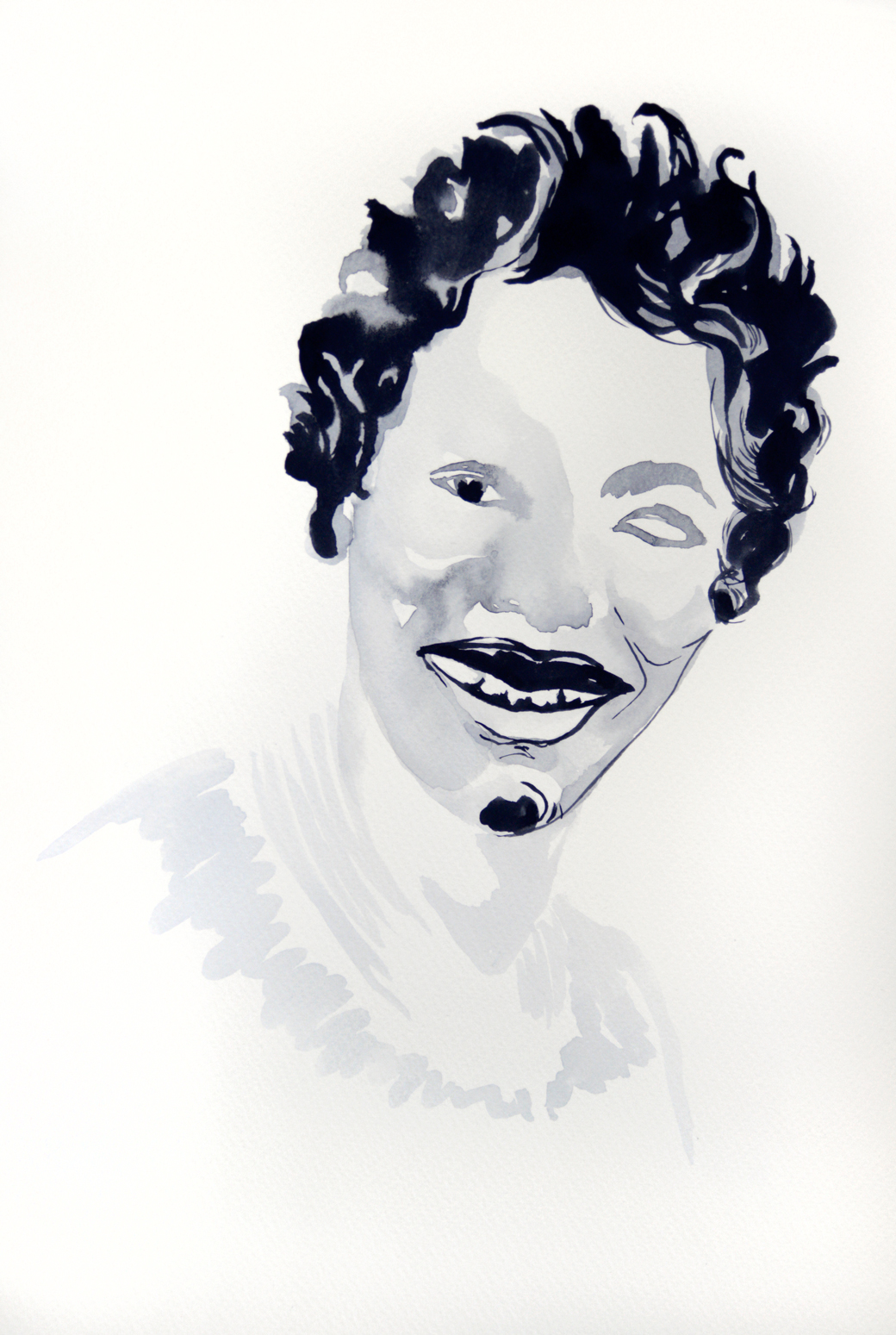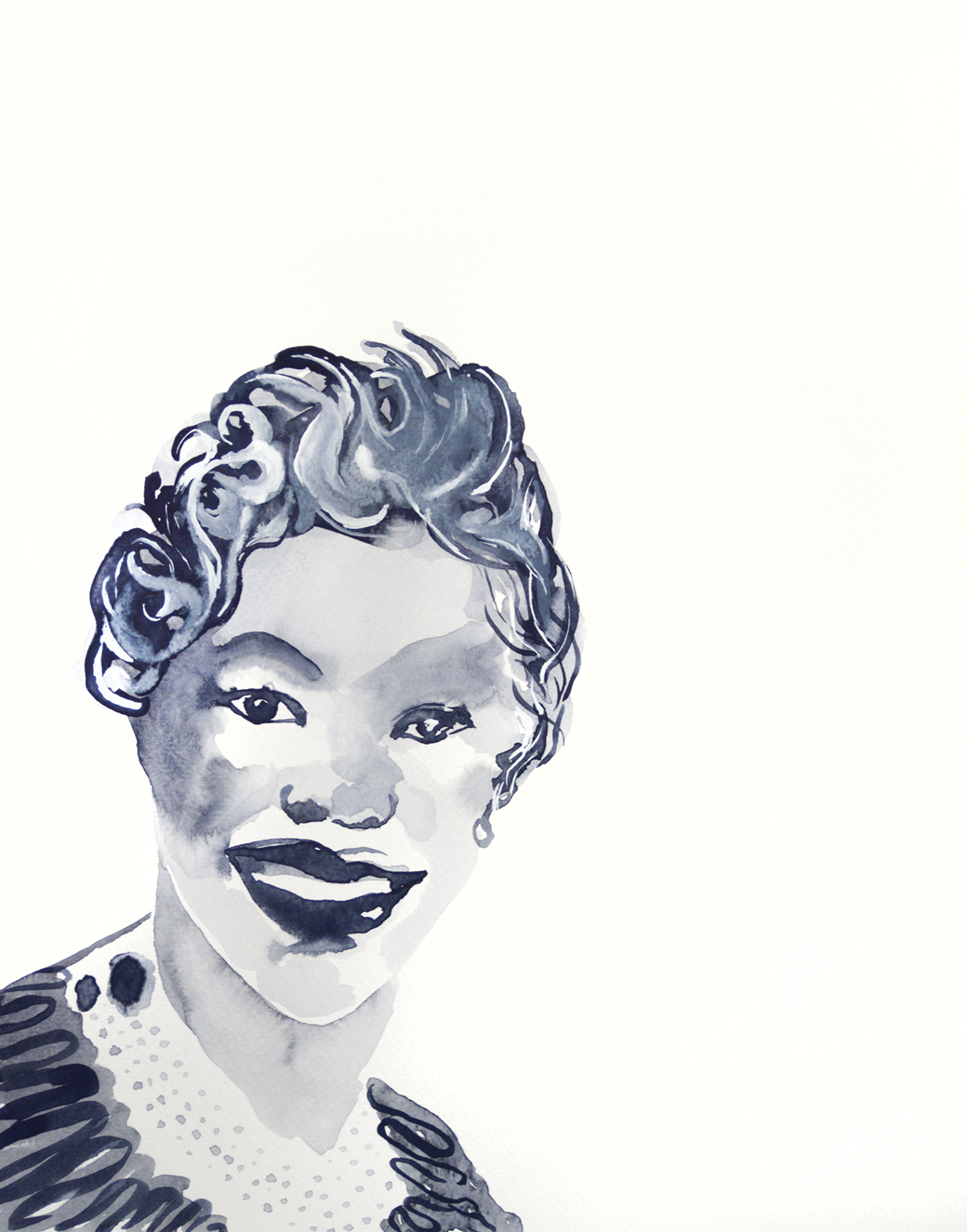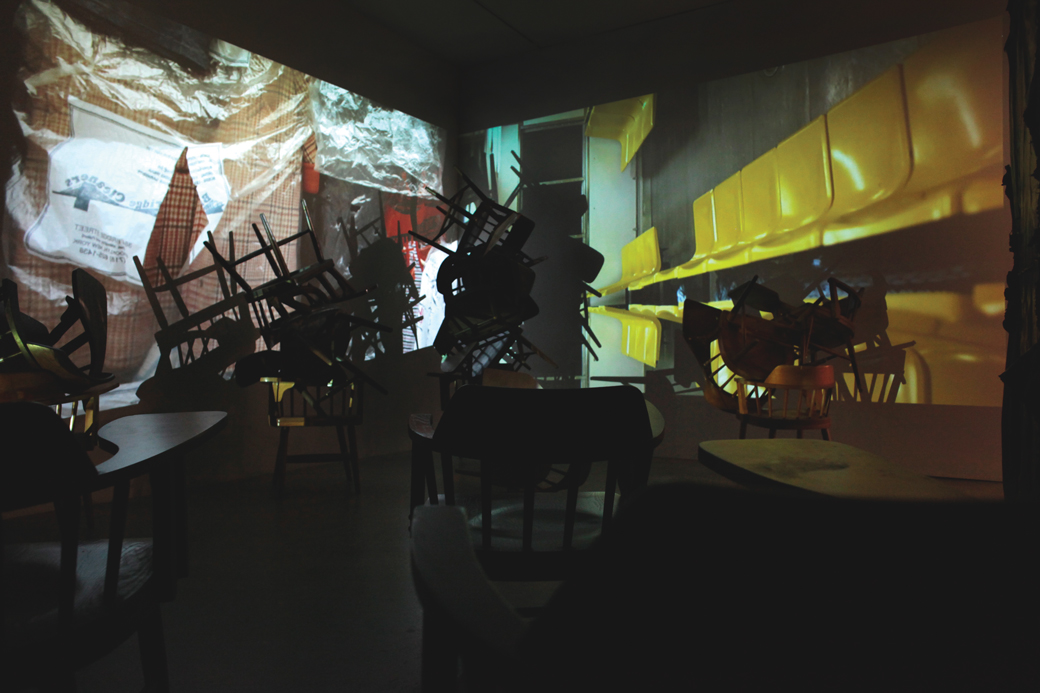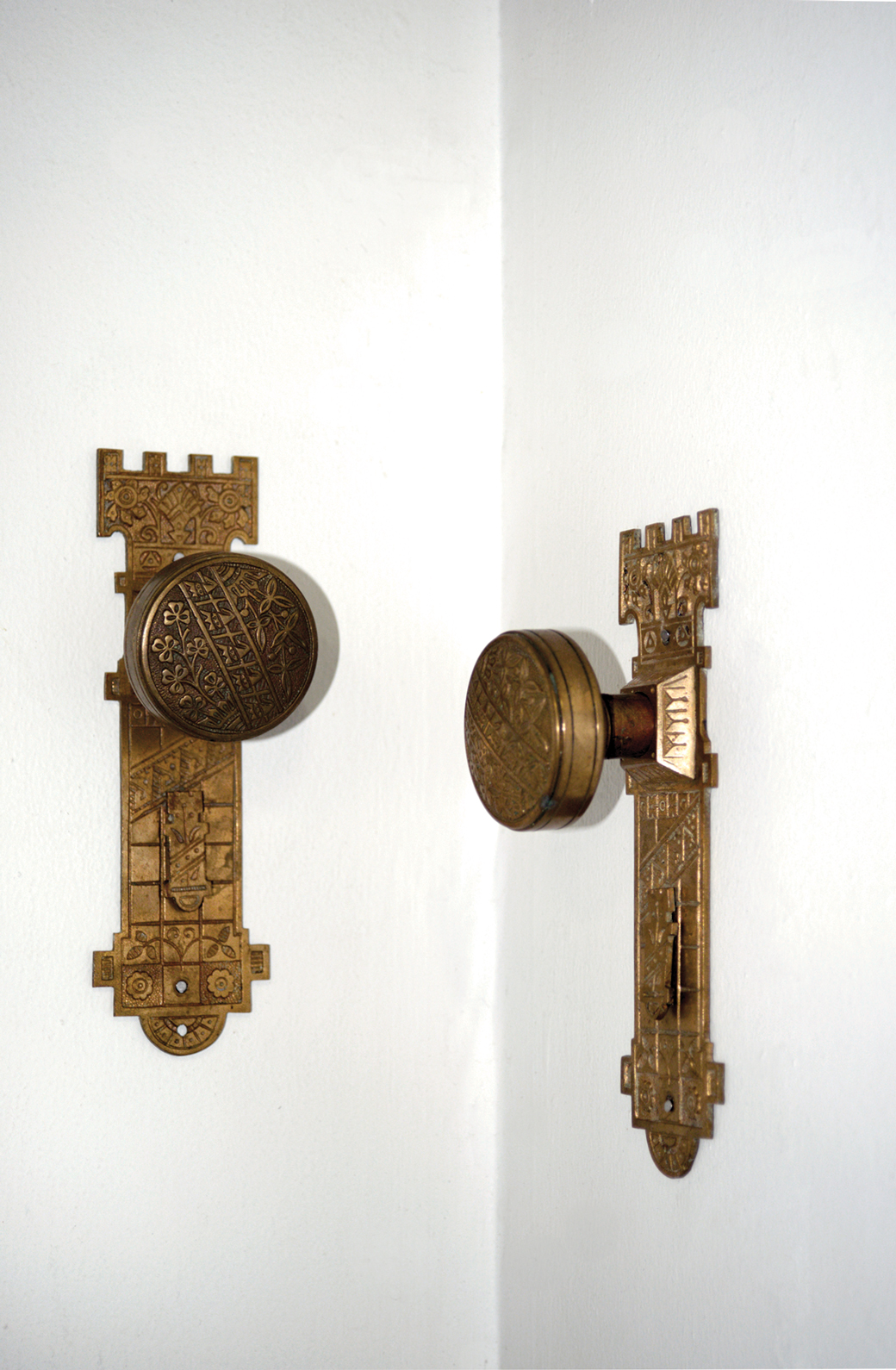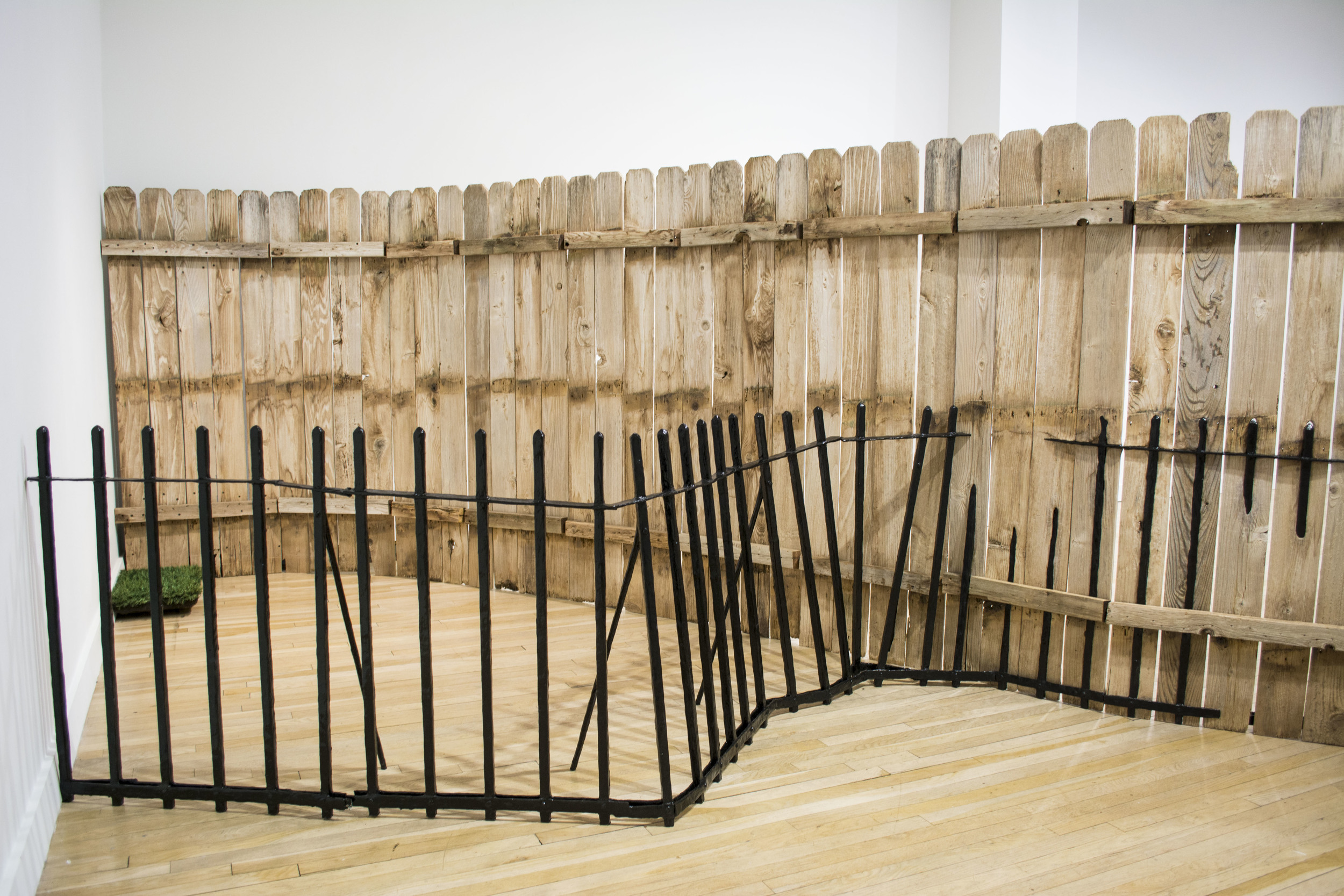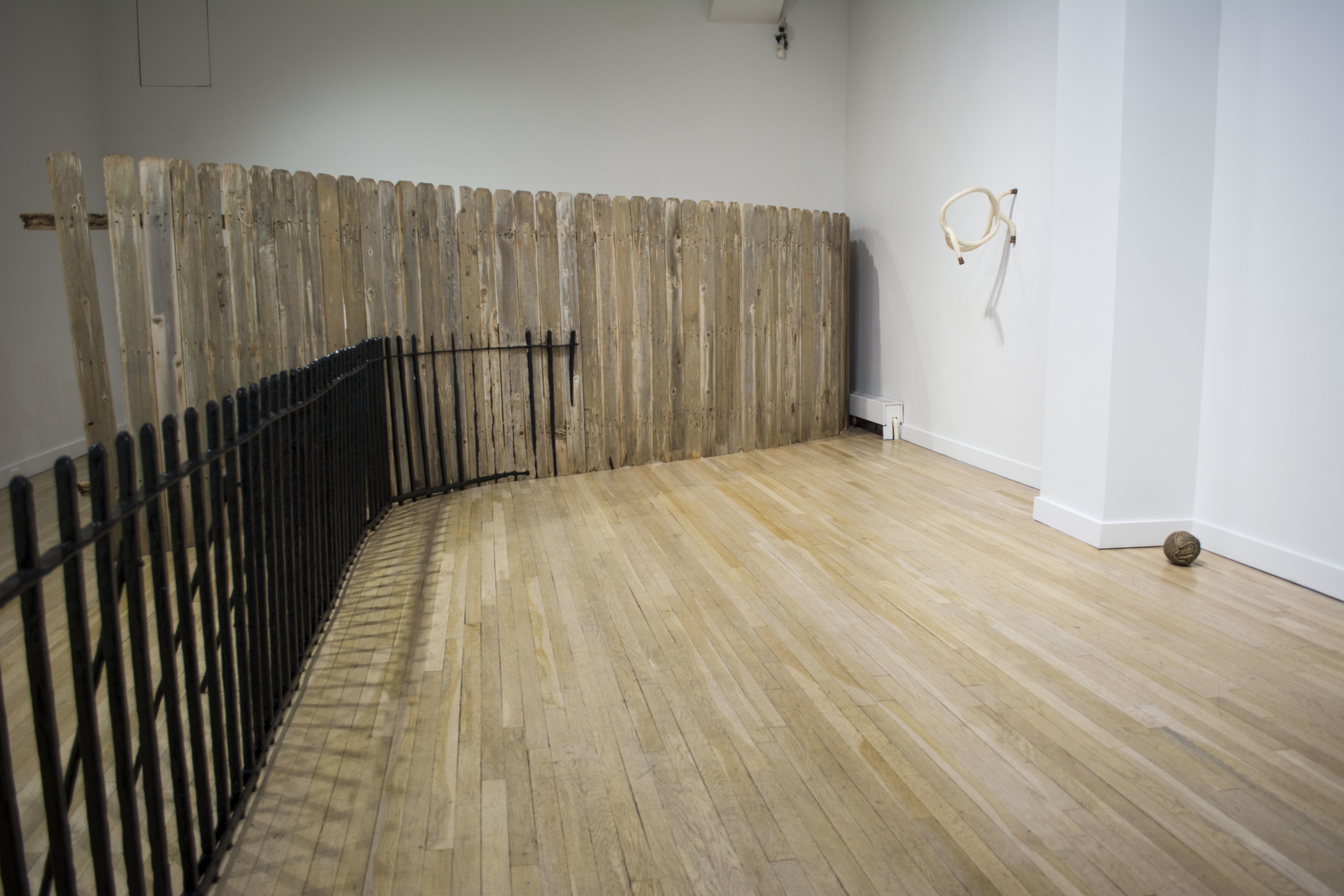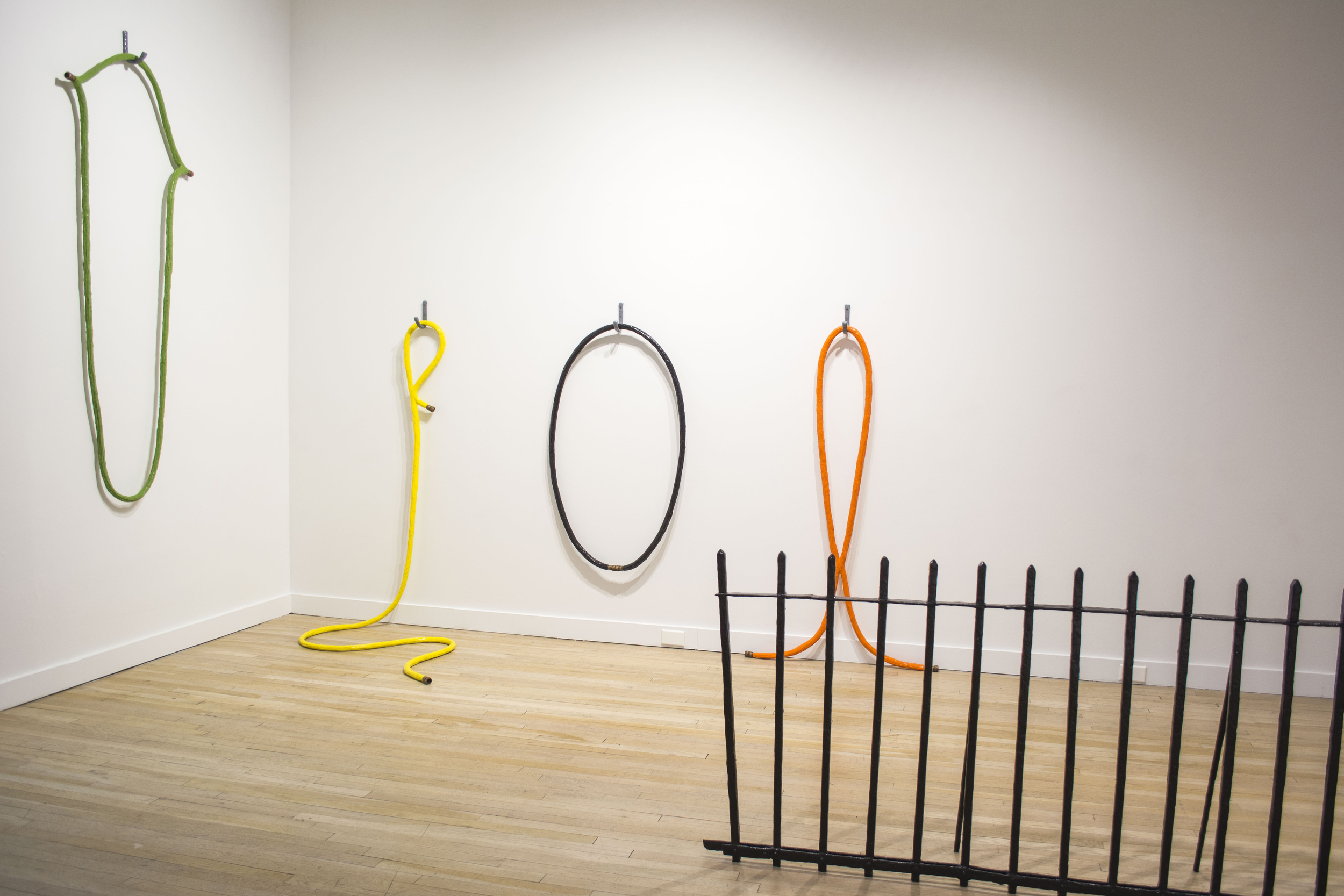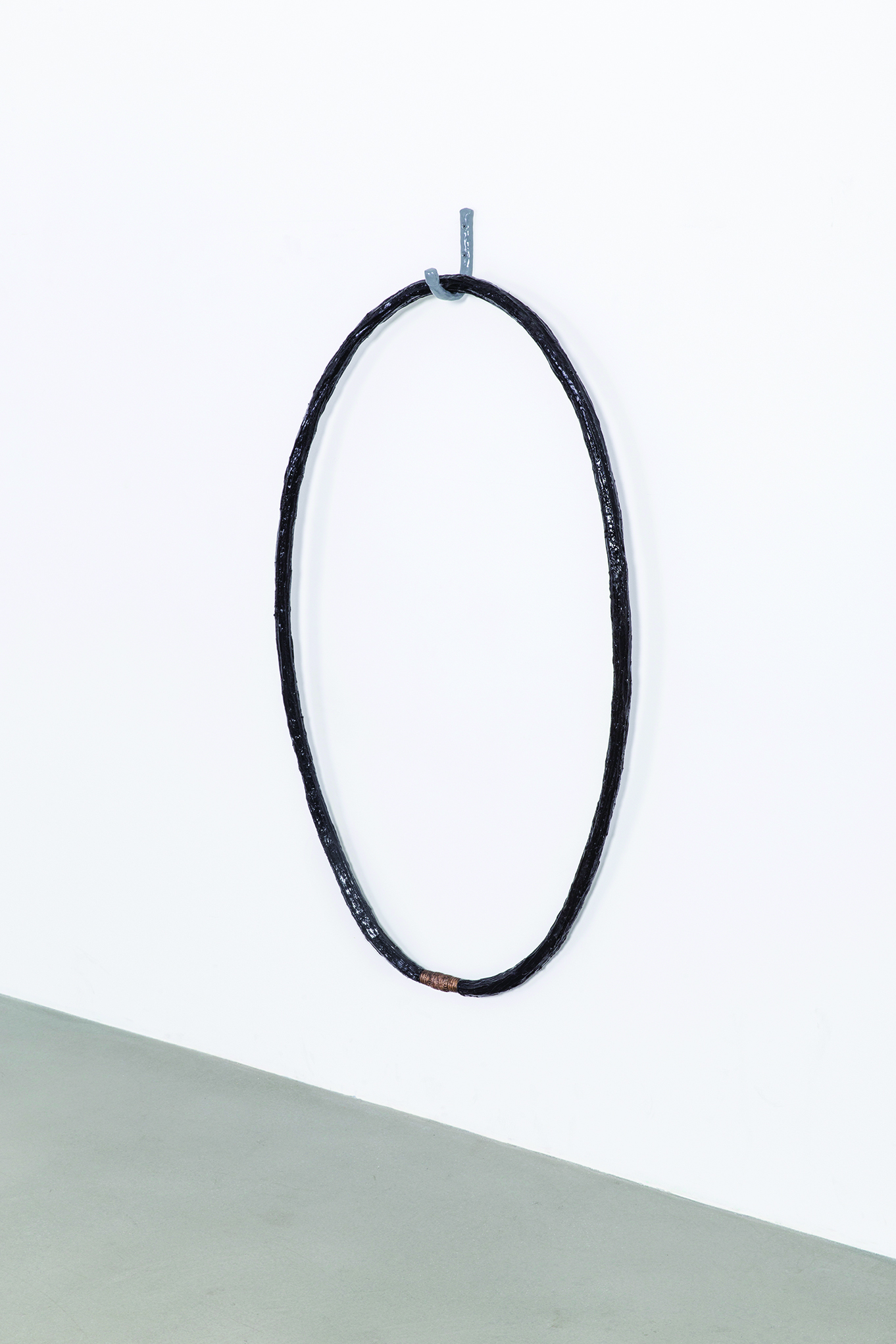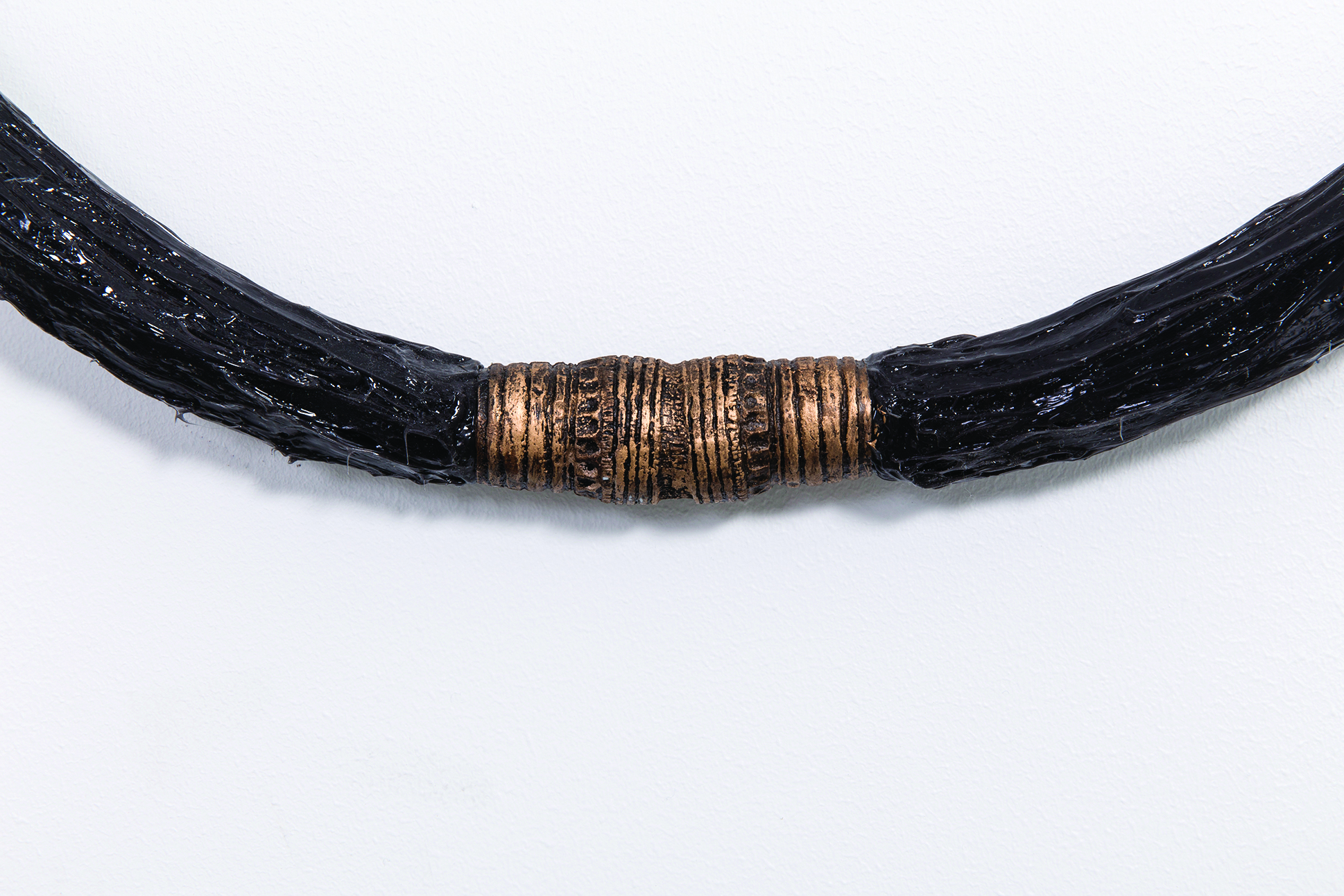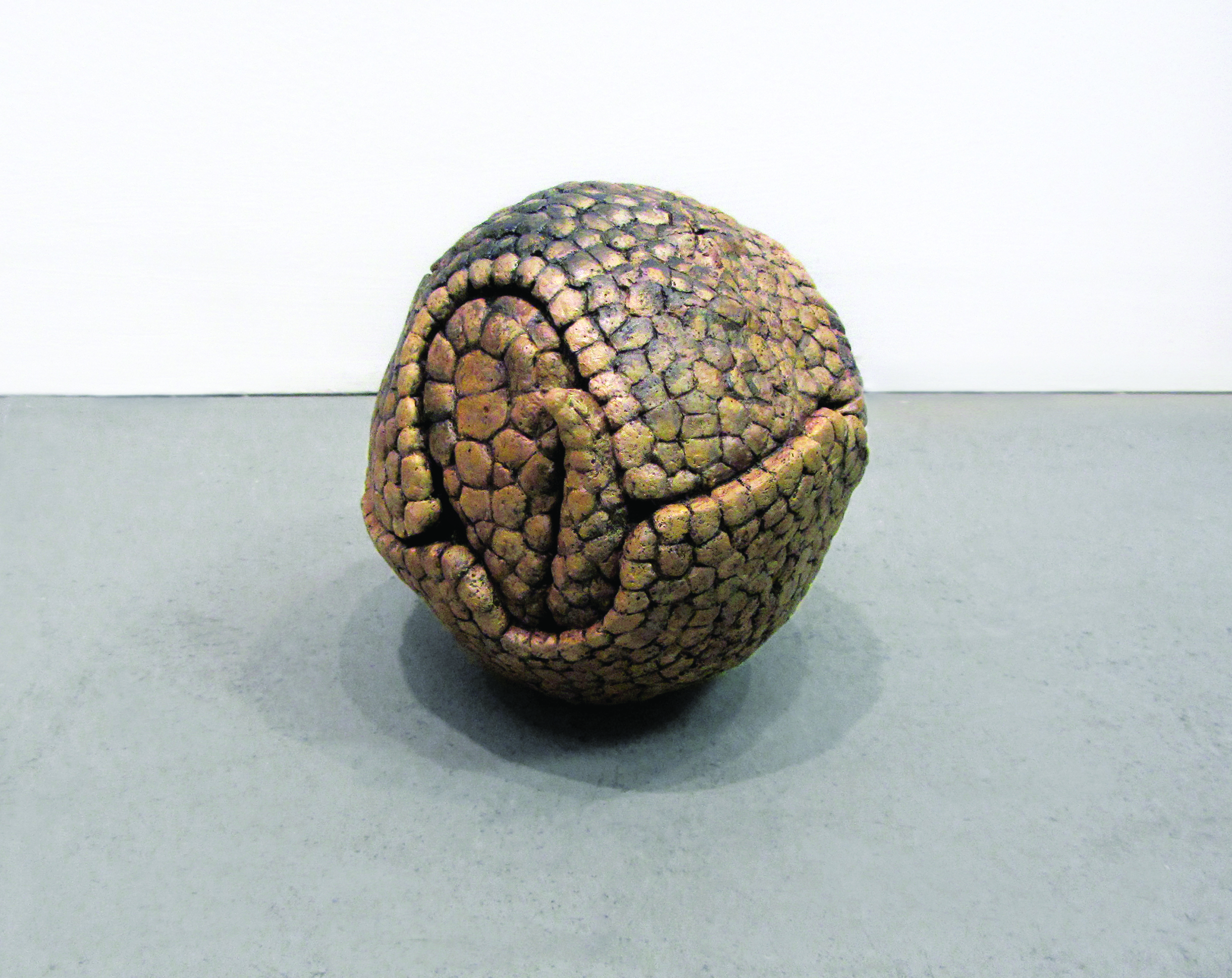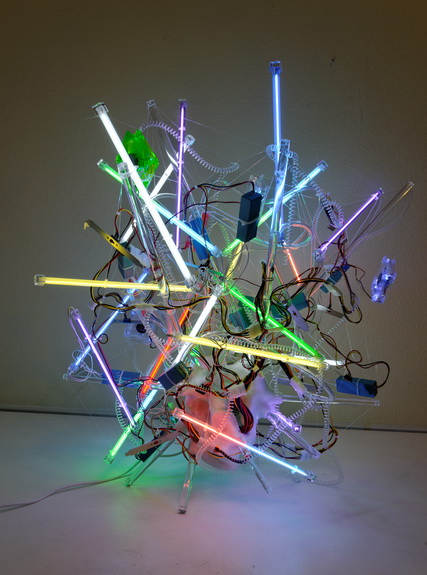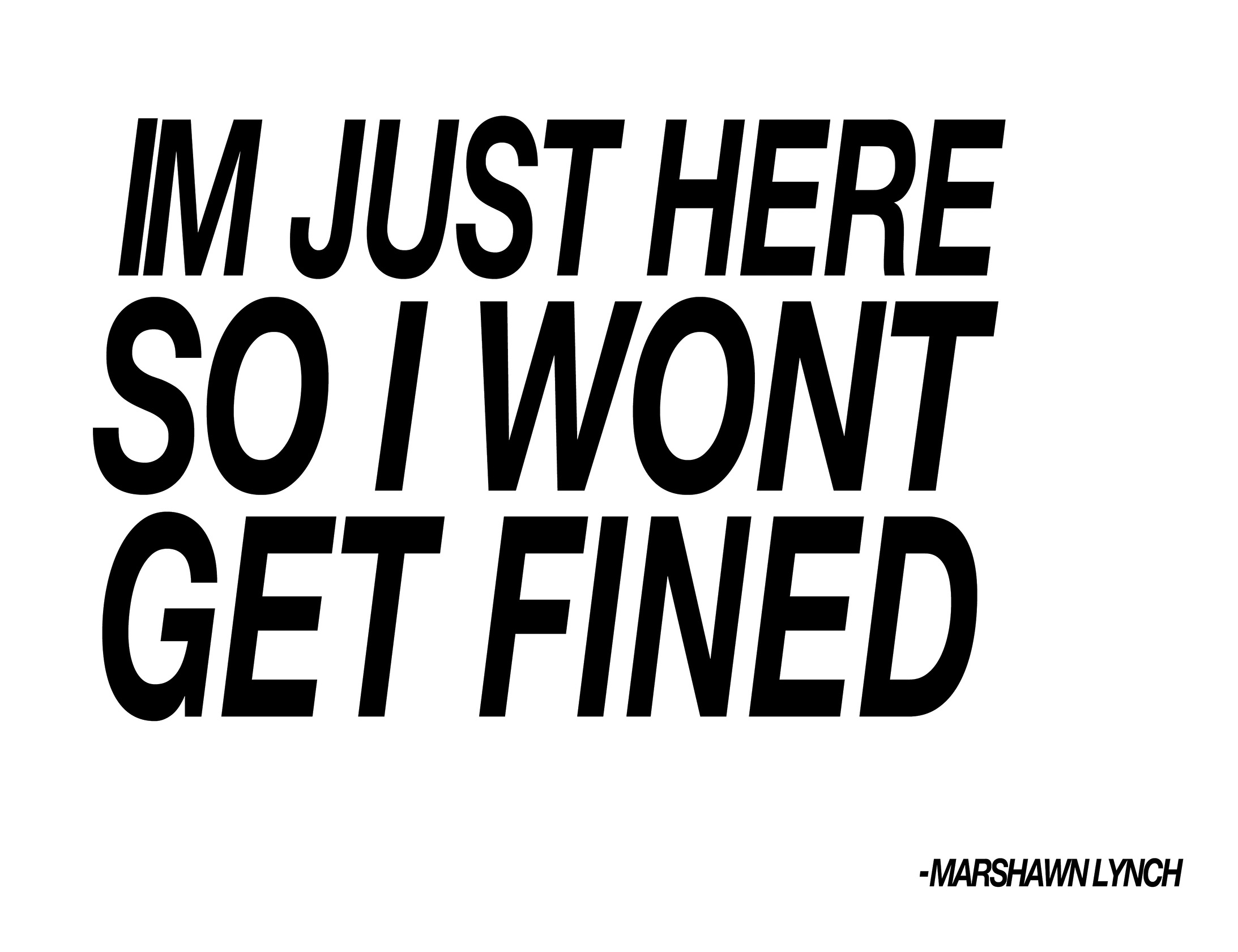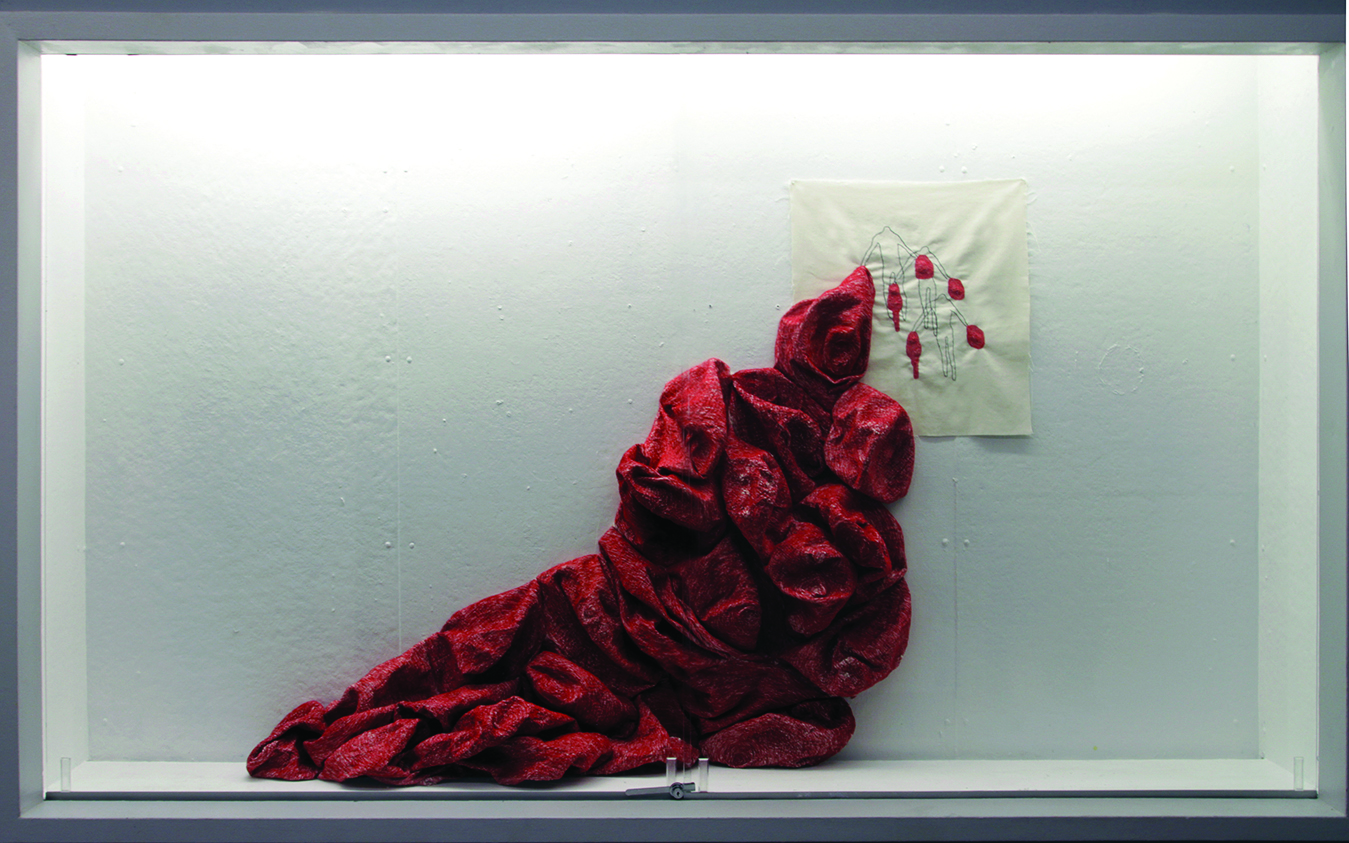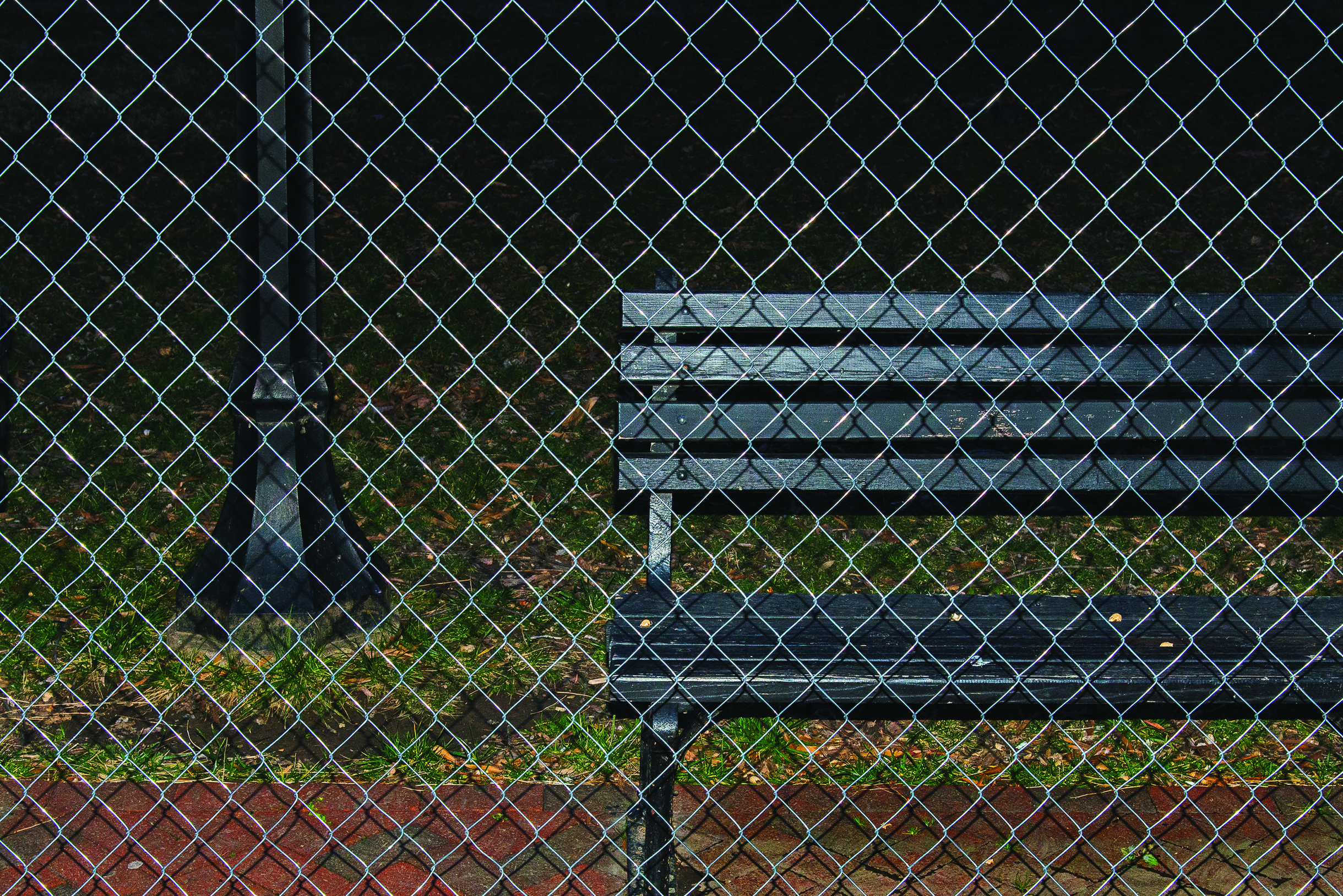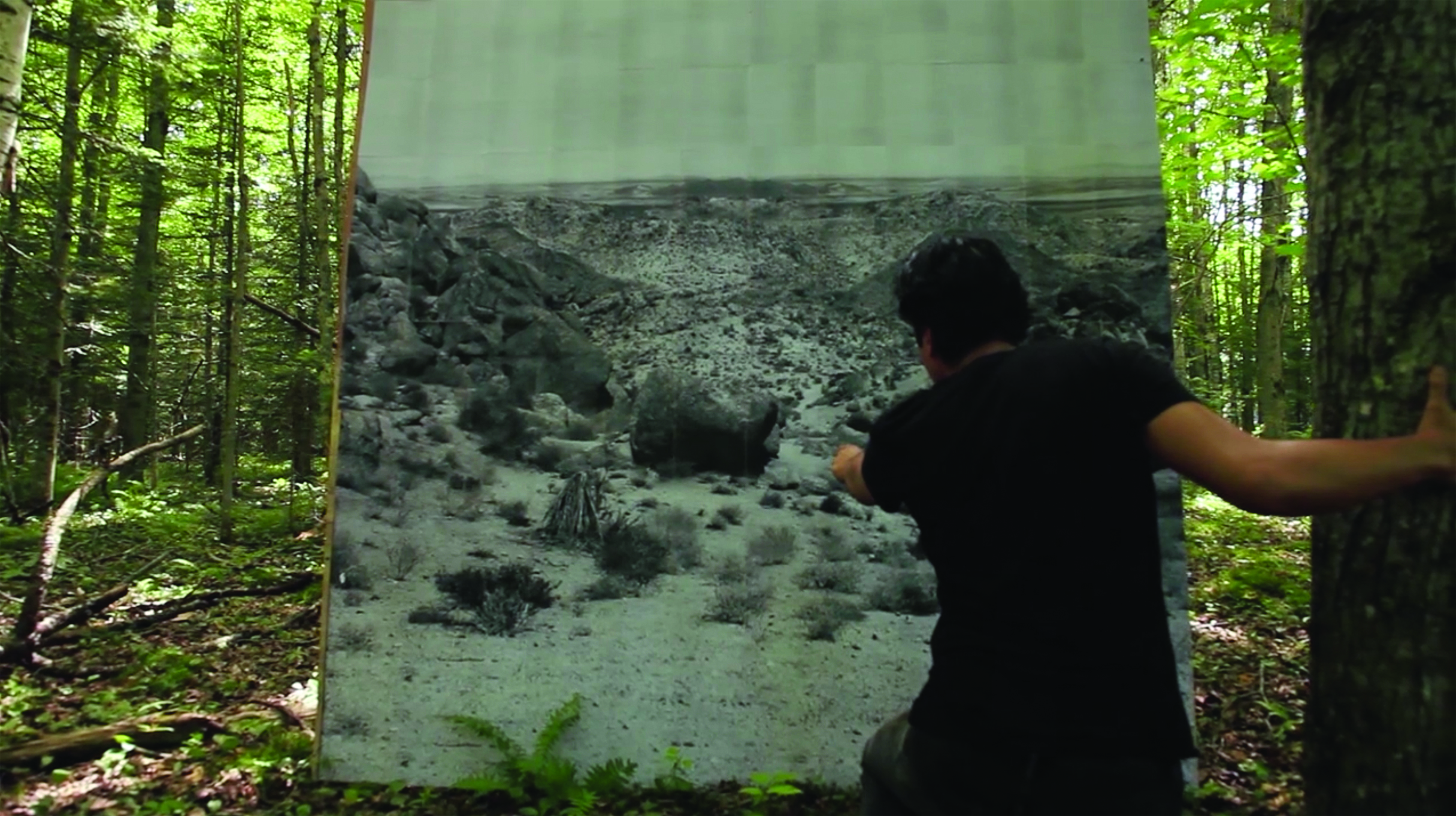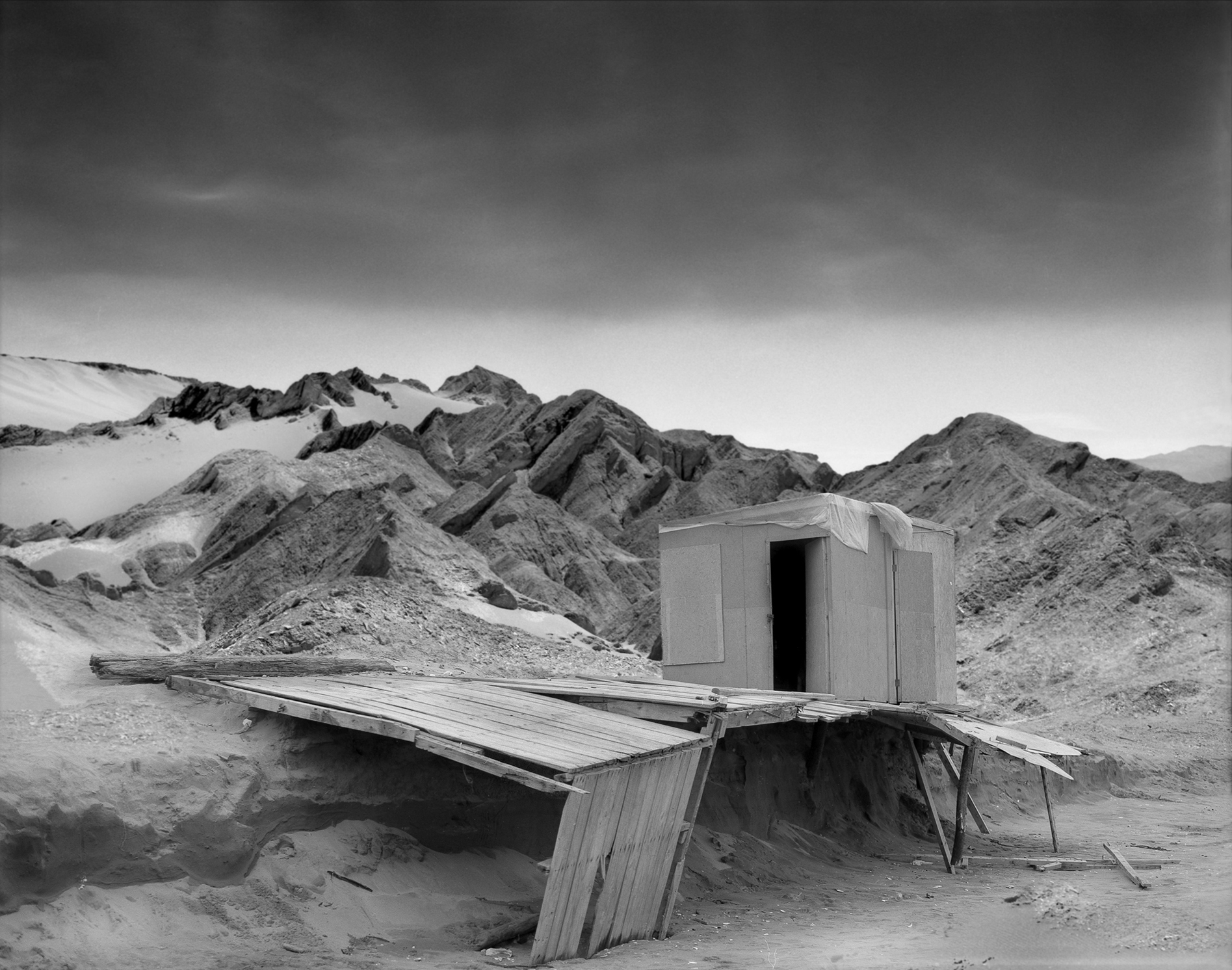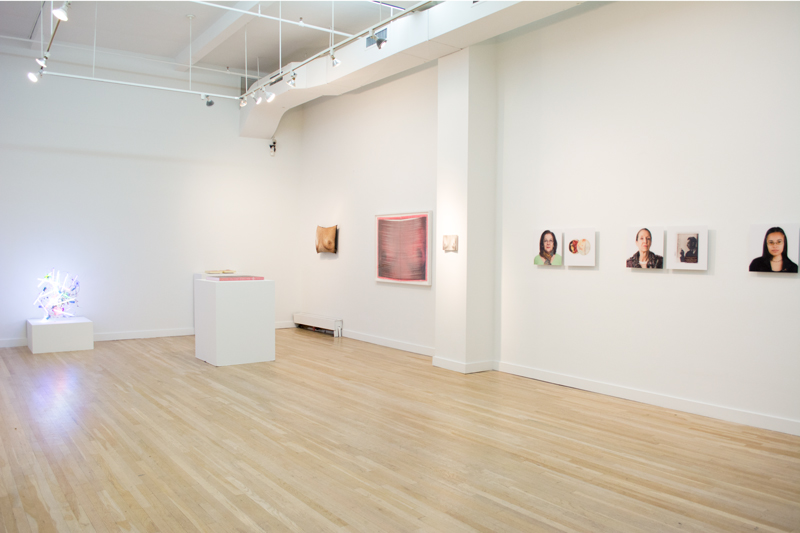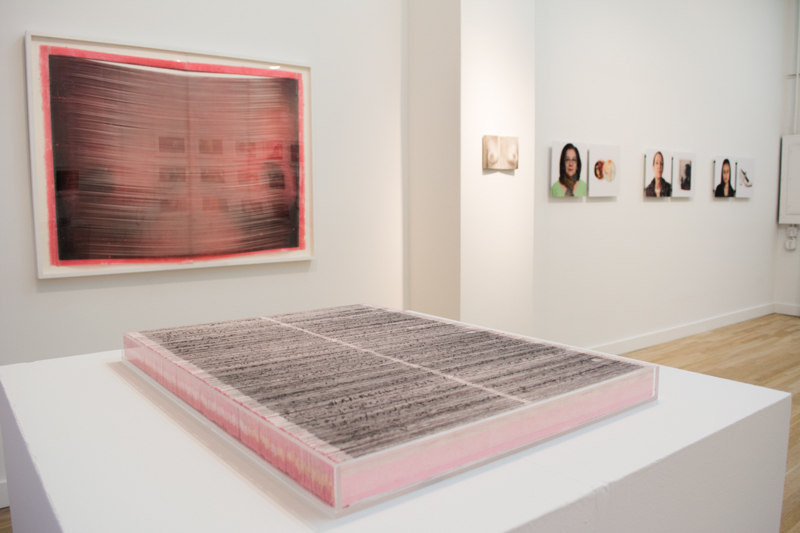This essay was written in conjunction with Radical Plastic, curated by Rachel Reese, on view at CUE June 4 – July 9, 2016.
Feminist themes materialize in the works in the exhibition Radical Plastic and bring to mind my initial exposure to feminism. In 1973, when I was an undergraduate art student, the sculptor Jane Kaufman was an artist-in-residence at my school for three weeks. Kaufman was one of the few women artists to have a solo show at the Whitney Museum of American Art in the early 1970s. She was a leader in the Pattern and Decoration movement and a founding member of the early feminist art movement. At Florida International University, Kaufman encouraged us to empower ourselves through consciousness-raising meetings. Sharing frustrations about the misogynist attitudes that we encountered as students, artists, mothers, wives, and lesbians was pivotal for my identity as a feminist artist. The artists in Radical Plastic are part of the feminist-art legacy even as they broker new strategies to explore current issues.
Read MoreThis essay was written in conjunction with Erin Dunn: Oceanic Dancer, on view at CUE June 4 – July 9, 2016.
Erin Dunn grew up at the Jersey Shore and spent her childhood exploring the Pine Barrens—the vast patch of forest known for misshapen trees and mythic tales. This odd, unexplored expanse of land in the middle of a region known for its turnpikes and boardwalks, deeply influences Dunn’s airbrushed paintings and stop-motion animations, in which the natural mixes with the grotesque to create mythic illusions.
Read MoreThis essay was written in conjunction with Kambui Olujimi: Solastalgia, on view at CUE April 7 – May 12, 2016.
Presently, there is no system that tracks the number of extrajudicial killings of civilians by police officers in this country. There is no annual tally of the victims, no final grand evaluation outlining the who, what, when, or why. There are only approximations and estimates. What we must do then is draw conclusions based on that which is reported and shared publicly. When the smoke clears, we are most often faced with the following scenario: police officer shoots/strangles/chokes unarmed civilian.
Read MoreThis essay was written in conjunction with Tamara Johnson: No Your Boundaries, on view at CUE February 13 – March 23, 2016.
If the challenge is to situate oneself within one’s present, the tools Johnson uses to do so are rope, silicon, paint and wood. It’s not hard to imagine that the time she spent staving off boredom at the granite warehouse has contributed to her becoming a sculptor: It is through building objects, and parsing their material qualities and the significance of their existence, that Johnson negotiates her own space within the world.
Read MoreThis essay was written in conjunction with Athena LaTocha: Curated by Jaune Quick-to-See Smith, on view at CUE November 7 - December 19, 2015.
Athena LaTocha speaks about growing up in Alaska and her relationships with the land, the people and her family. While many artists may downplay their beginnings, it became clear this was an important primer for the language LaTocha would come to use in her creative process.
Read MoreThis essay was written in conjunction with Country, Home, on view at CUE September 5-October 10, 2015.
Migrations create lacunae. They cause erasures. They occur for reasons that are obvious and obfuscated in equal measure. They ensnare people in webs of unfamiliar language and trauma, forcing engagement with unknown rules and routines. They scrub the lived histories off of people on their way from one nationality to another. Migration has a way of twisting specificity from stories, removing the details, like a wet cloth expels a liquid. Yet art is capable of expressing this loss; it can untwist the cloth.
Read More